|
Click on
the pictures to enlarge them
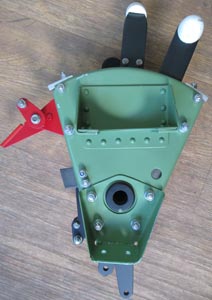
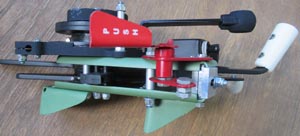
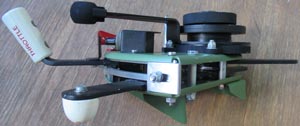
£1450


|
Mk
IX Spitfire Throttle (Cont pg1 No 6) For the first time Spitfire Spares is
able to offer high quality reproduction throttle quadrants
originals are simply not available.
Please note these are not certified
for flying use. This one is for the MK IX
Spitfire and all other Merlin powered variations after the
MK V.
These take many
weeks to build consisting of many individual parts and once
sold it will be some time before we are able to re stock.
Shown below
the stunningly beautiful MK IX Spitfire
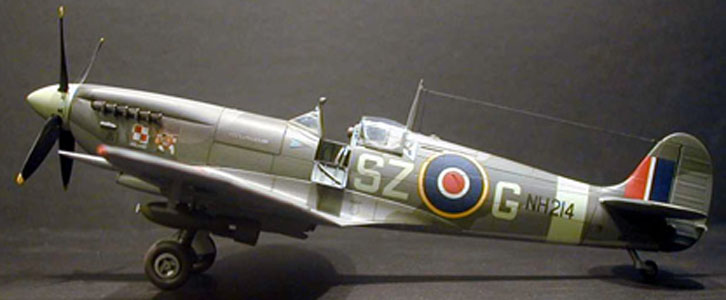
Click on
the pictures to enlarge them
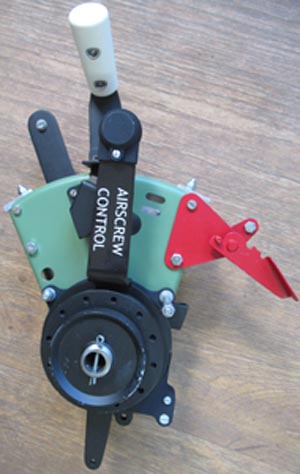
|
|
Click on the picture's to
enlarge
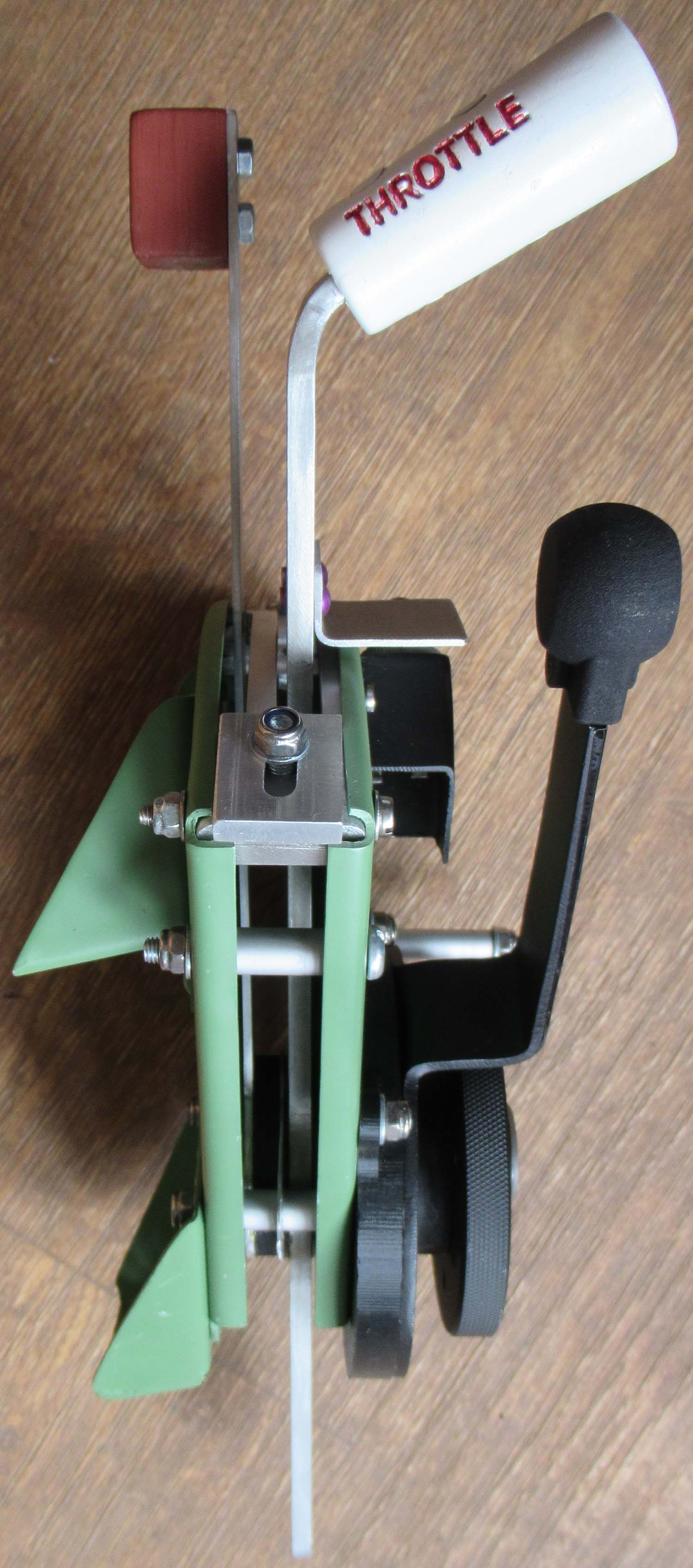
|
Mk IX Spitfire throttle (Cont pg1 No 25)
This is a
superb reproduction of a Spitfire MK IX throttle made of alloy
and steel made from original drawings all the levers move as
they should.
Click on the picture's to
enlarge
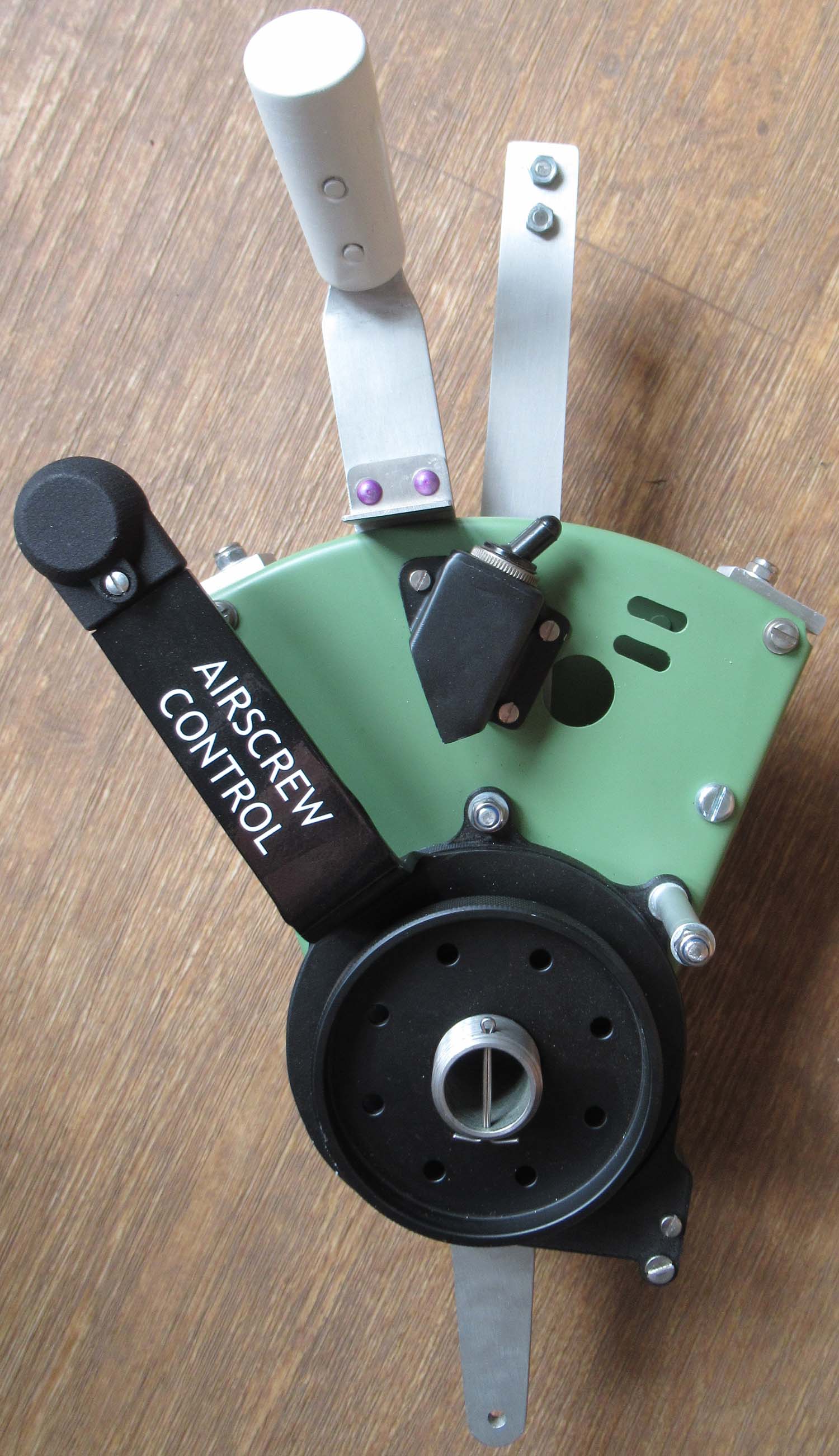
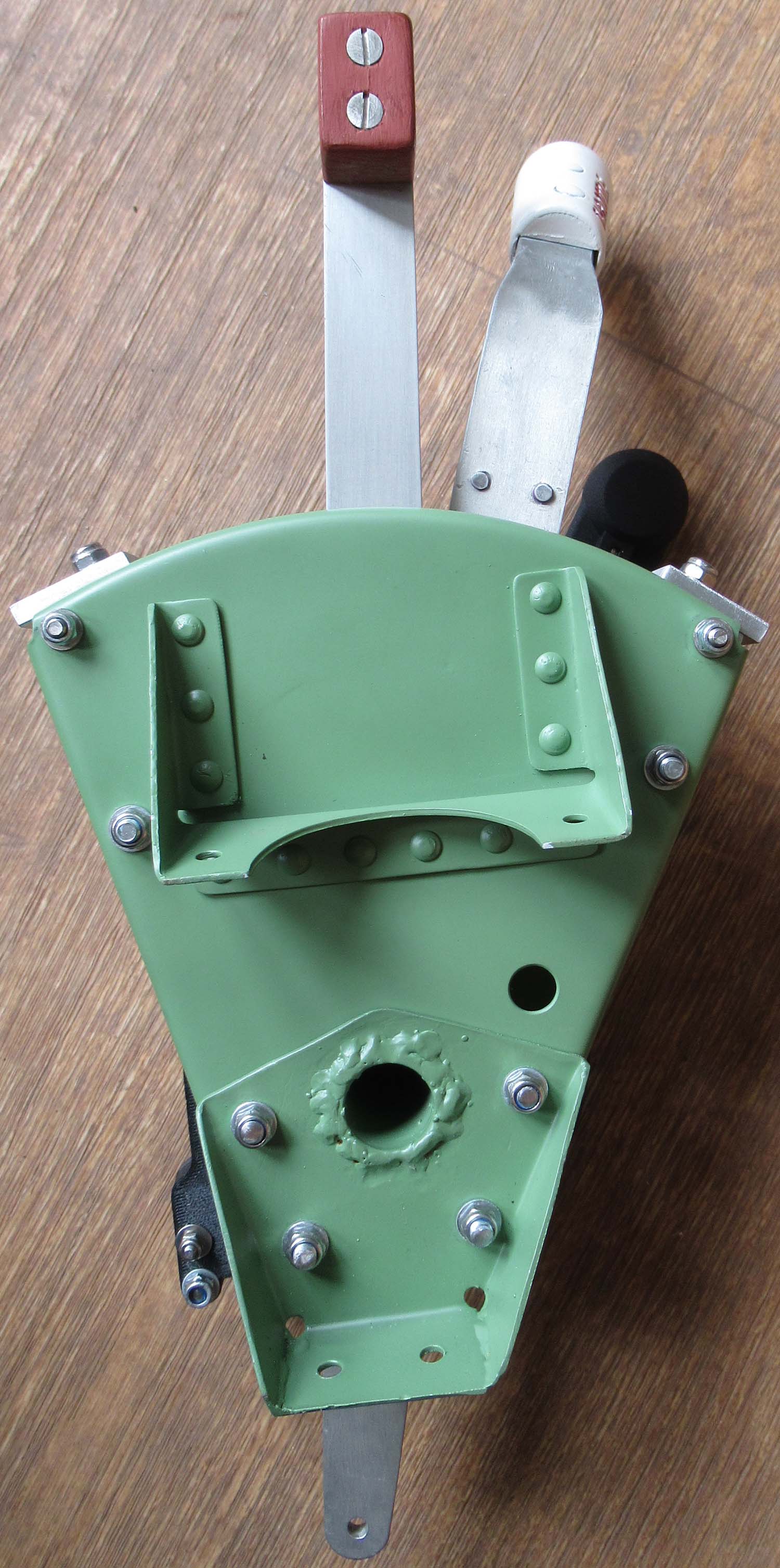
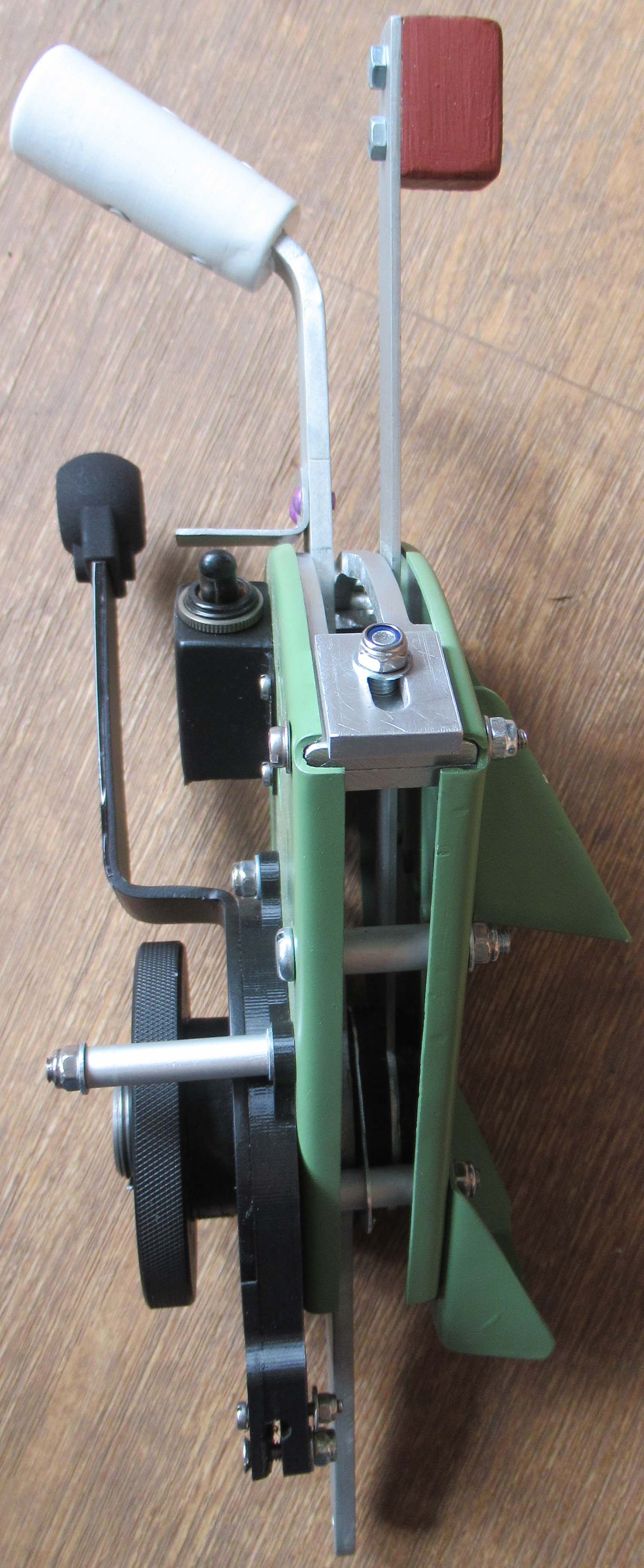
£1400


|
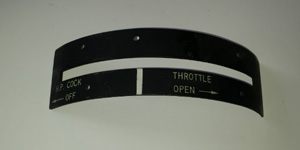
Click on the picture's to
enlarge
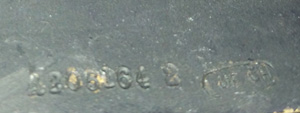
|
Hawker Throttle Part (Cont pg1 No 24)
Here we Have
a Plate from a Hawker Made Throttle Unit
This has the
Part Number A205164 2
It has Hawker
Manufacturers Stamps
£125


|
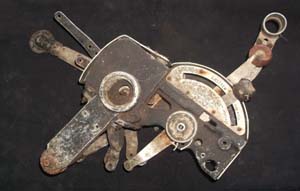
Click on
the pictures to enlarge them
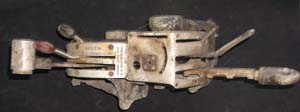
Click on
the pictures to enlarge them
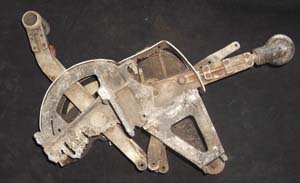
Click on
the pictures to enlarge them
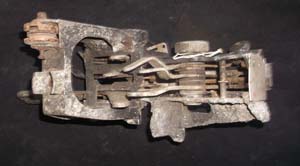
|
Miles master throttle 2 (Cont pg1 No 23)
Here is another throttle box from
a miles master
It does have some corrosion and a
few knobs missing
It will need some work to bring it back to the
condition of the example shown above.
Miles Master
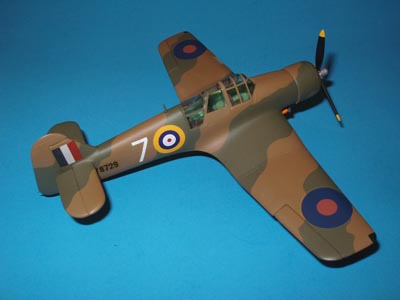
£550

 |
|
Click on the
pictures to enlarge them.
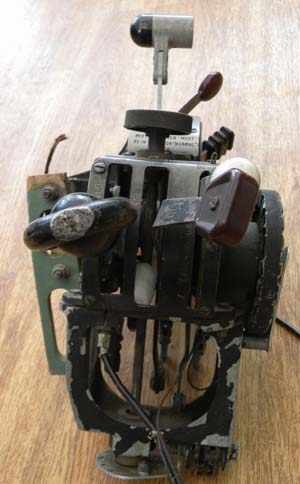
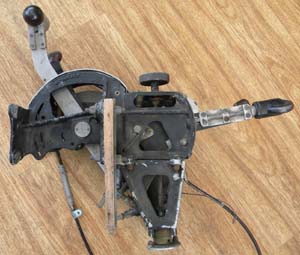
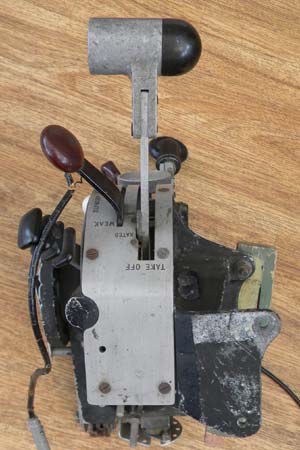
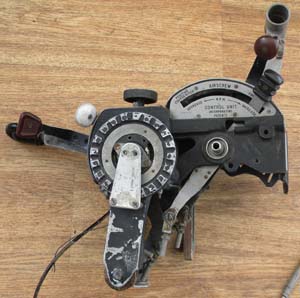
|
Miles Master Throttle (Cont pg1 No 22)

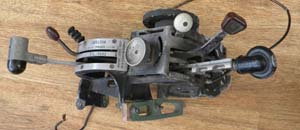
This is a superb complete fully
functional throttle box from a Miles Master seen in situ under.
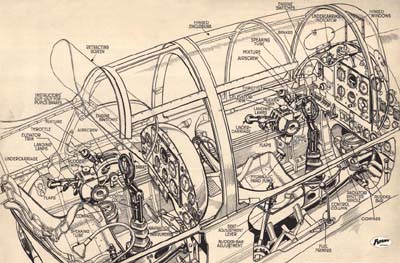
In January 1939 large extensions to the Miles factory were
completed and opened by the Secretary of State for Air. These
were necessary to cope with a large contract for the Master I
high-speed advanced training monoplane: a two-seater powered by
a 536kW Rolls-Royce Kestrel 30 engine. Nine hundred were built.
Soon after the outbreak of World War II, the prototype Master
II flew for the first time. It was based on the Master I but
powered by a 648kW Bristol Mercury XX radial engine. Production
amounted to approximately 1,800 aircraft, a number of which were
sent to South Africa. Master IIs were also acquired by the air
forces of Egypt, Portugal and Turkey. One Master II was used in
connection with rocket experiments.
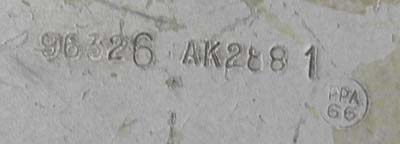
The Master III was a further development of the Master
series, powered by a 615kW Pratt & Whitney R-1535-SB4G Wasp
Junior radial engine. A total of 602 was built. Maximum level
speed was 372km/h. It went through a number of variants according to engine
availability and was even modified as an emergency fighter
during the Battle of Britain.
£1200


|
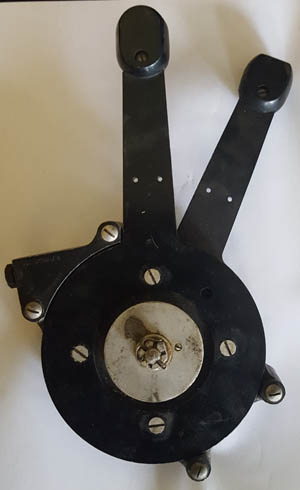
Click on the
pictures to enlarge them.
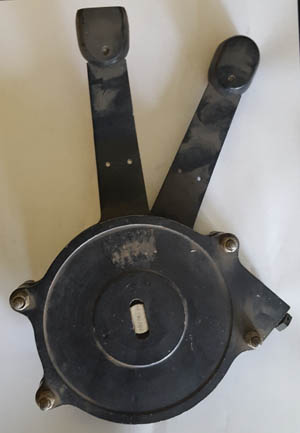 |
Large Twin Teleflex control (Cont
pg1 No 21)
This is a large twin handle
Teleflex control part number A 14690 4.
The picture below contains more
part numbers and the inspection stamps.
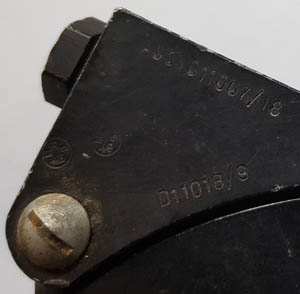
Click on the
pictures to enlarge them.

The main drum has a diameter of
120mm or 4 1/2 inches
OUT OF STOCK MORE
WANTED
CONTACT
US
|
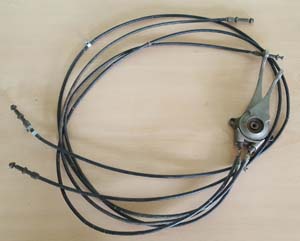
Click on the
pictures to enlarge them.
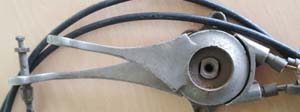
|
Early aircraft throttle lever (Cont
pg1 No 20)
I am not 100 sure what these levers
are for but they are similar to many I have seen in early pre
war Bi Planes.
They function and all the
cables are present and function. I may be completely wrong but
until i know exactly what they are for its the best description
I can give. If you know what they were for please
contact me.
I do know 100% that they are
aircraft as the cables are marked AGS 1817 which stands for
Aircraft general Standard.

£375

 |
|
Click on the
pictures to enlarge them.
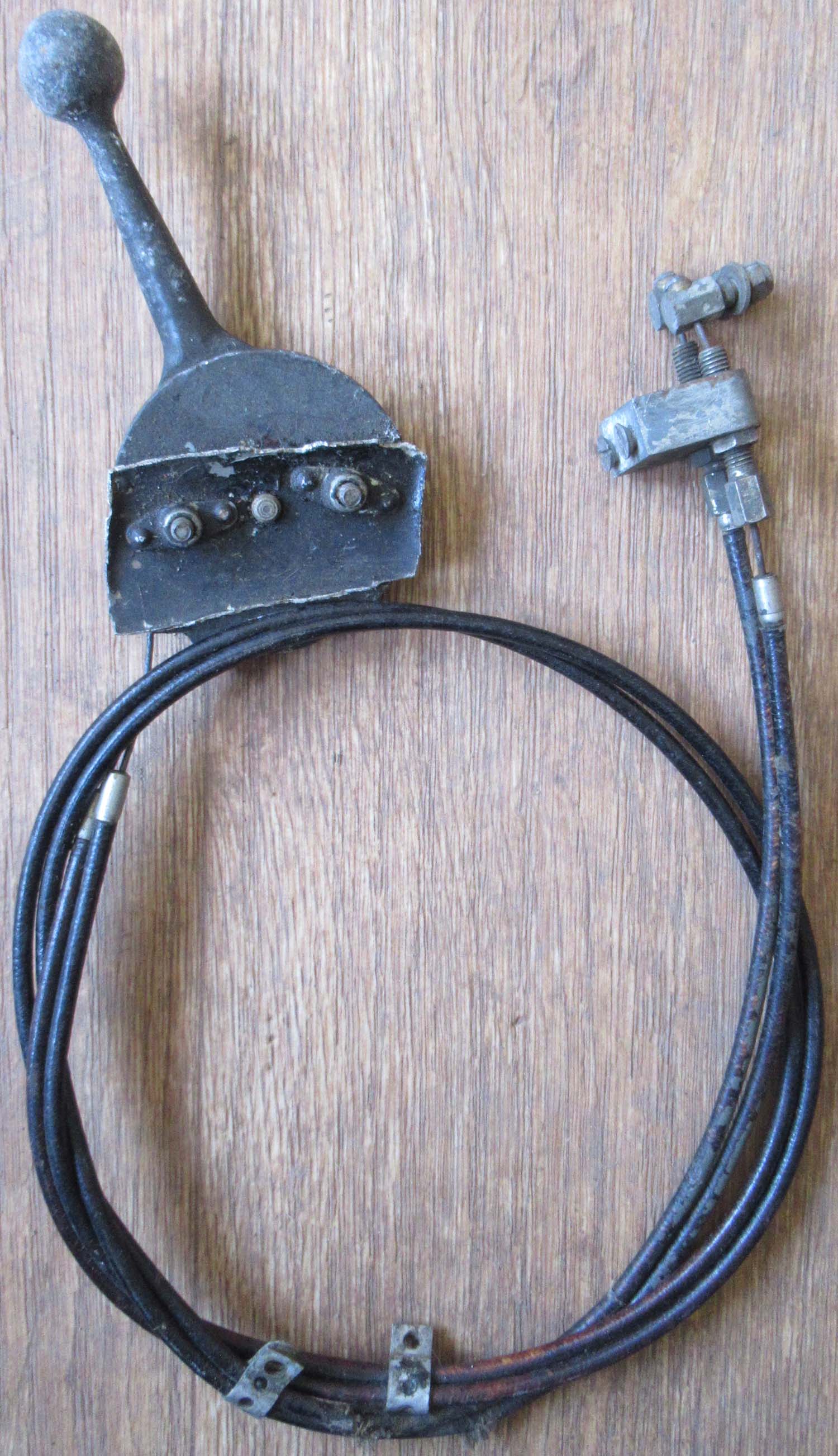
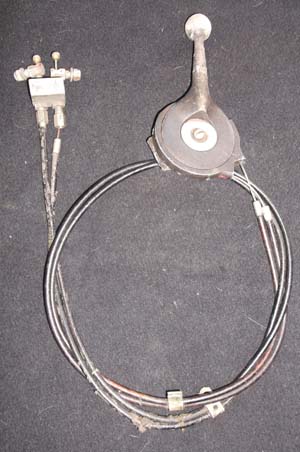
|
Blenheim control lever (Cont
pg1 No 19)
A nice control lever seen fitted
to a Bristol Blenheim, probably used in other aircraft complete
with cable.
In the Blenheim it was used to release the Irvin
harness
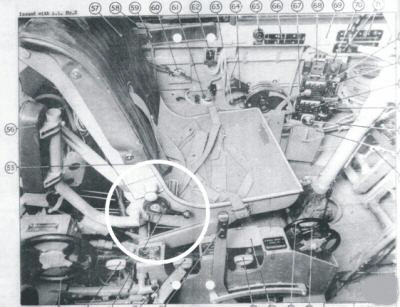
Click on the
pictures to enlarge them.
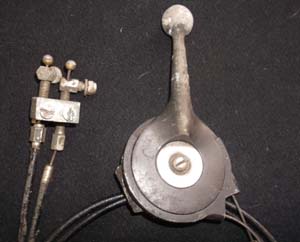
Out of stock
more wanted please
contact me
|
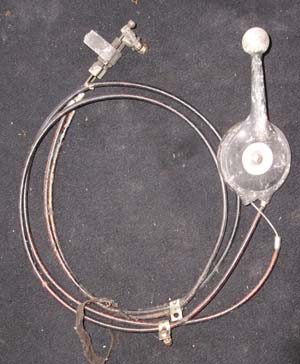
Click on the
pictures to enlarge them.
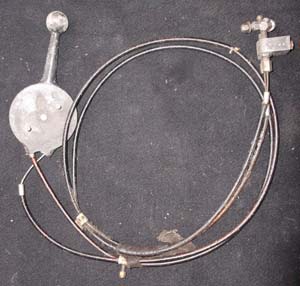 |
Blenheim control lever
2 (Cont pg1 No 18)
A nice control lever seen fitted
to a Bristol Blenheim, probably used in other aircraft complete
with cable.
In the Blenheim it was used to release the Irvin
harness
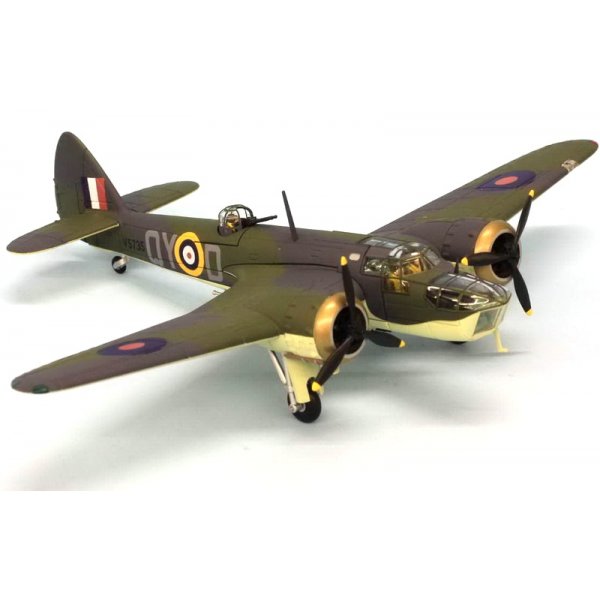
£125

 |
|
Click on the
pictures to enlarge
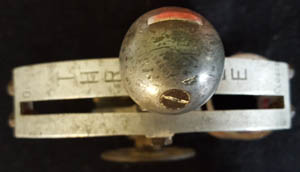
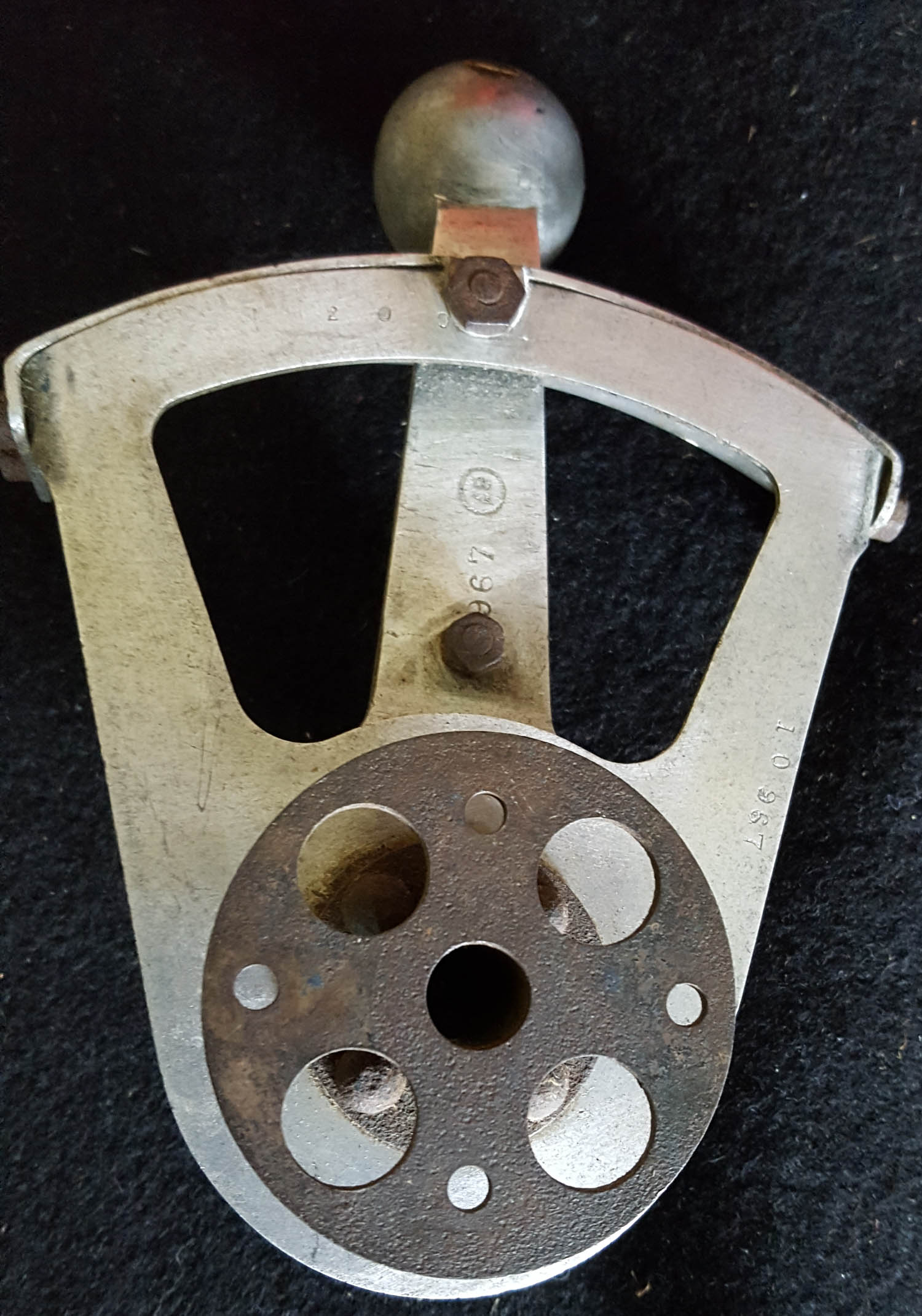 |
1930s Hawker Throttle Quadrant
(Cont pg1 No 17)
Here is what I believe from
my research to be a throttle quadrant from a 1930s Hawker Bi
Plane. The closest match for it that I can see is a Hawker
Nimrod although its similar in design to all the throttles
used by Hawker in the 1930s. Clearly it is only the throttle
control and the complete throttle would have another lever
controlling the mixture.
50967 967 10967 209
87
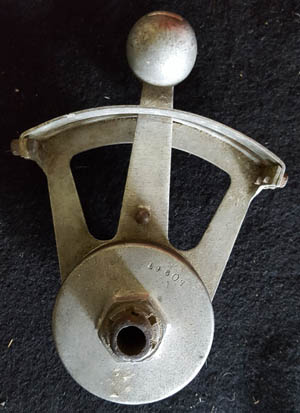
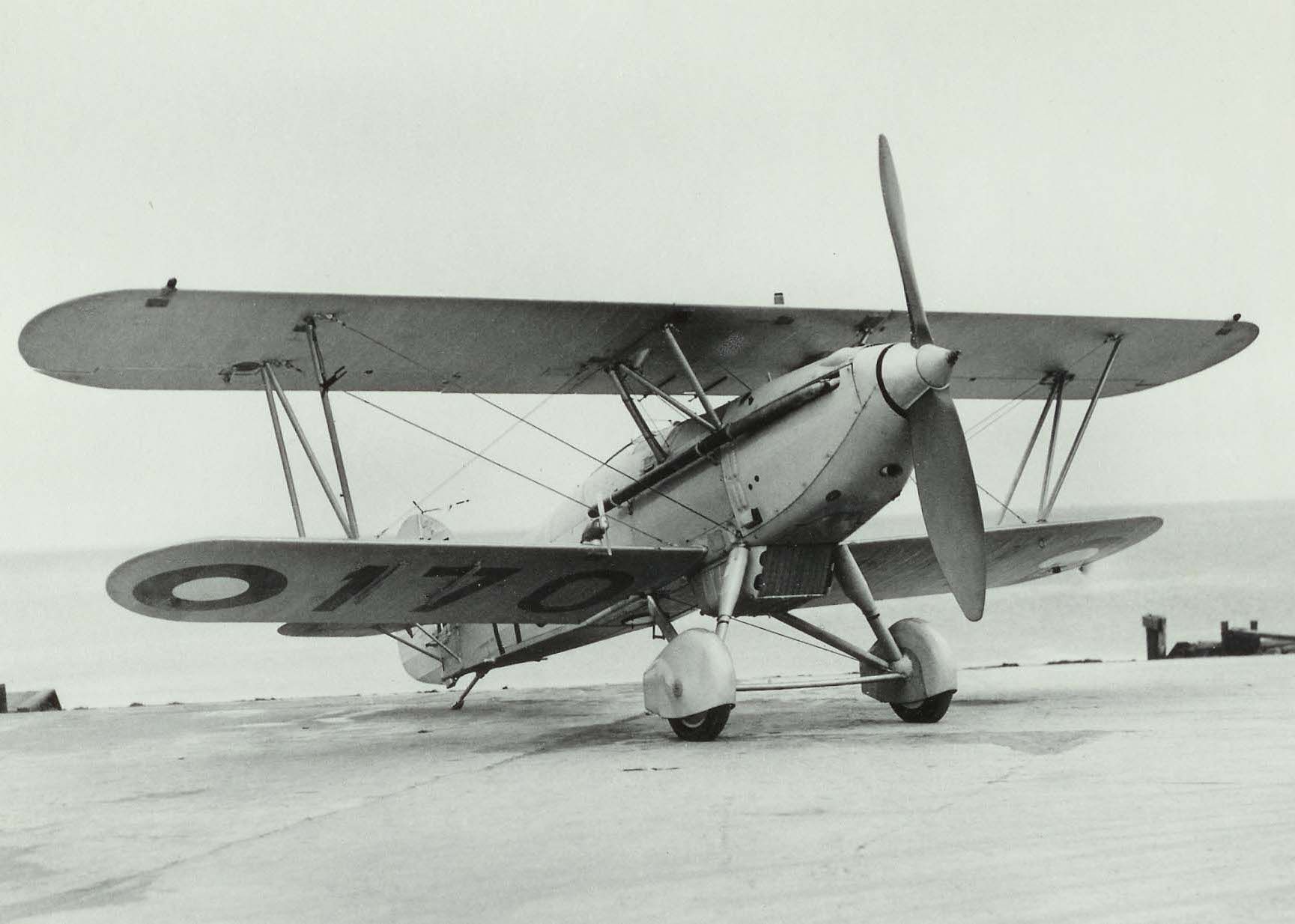
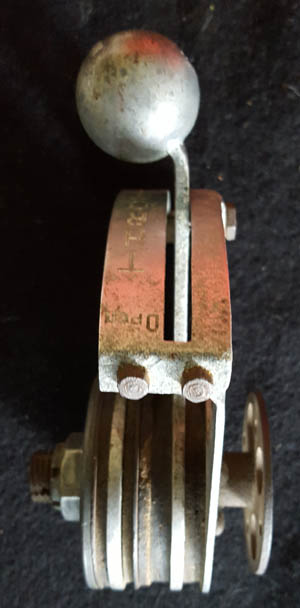
Click
on the pictures to enlarge
£495


|
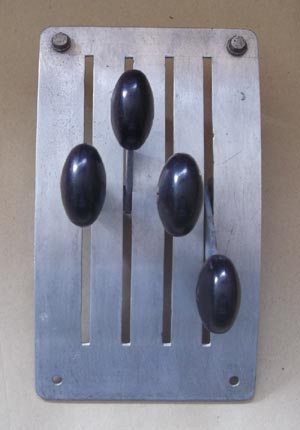
Click on the
pictures to enlarge them.
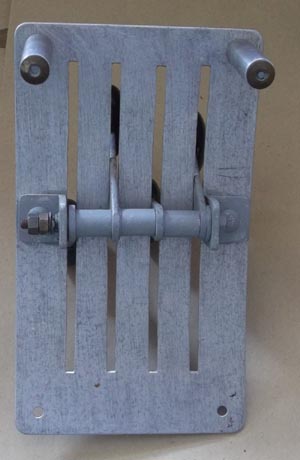 |
Lancaster Throttle part (Cont
pg1 No 16)
This is part of the Lancaster
throttle. This is an extremely well made reproduction. You
can see it in situ in the picture below.
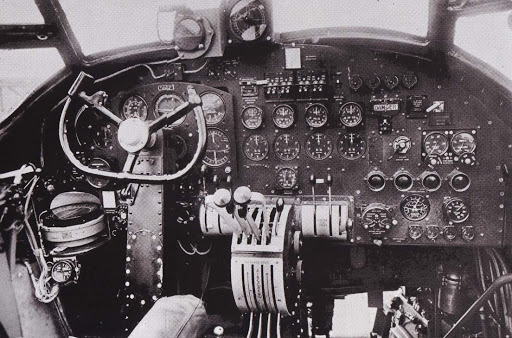
£275


|
|
Click on
the pictures to enlarge them


£275


|
Throttle Box (Cont
pg1 No 15) This is an original
throttle box from a so far unknown aircraft type.
It is
fully functional and has a micro switch operated by the
throttle arm. It is mounted on a brass plate but not sure if
this is original. If you know what it is from please
contact me.
C30674/4 D11818/7
The circular
quality control stamp is MRO2
Click on
the pictures to enlarge them
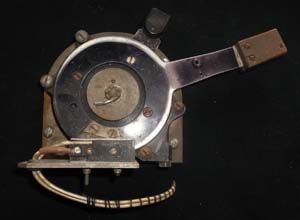
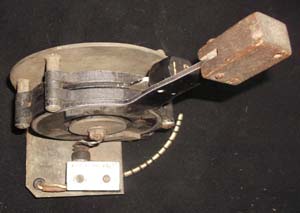
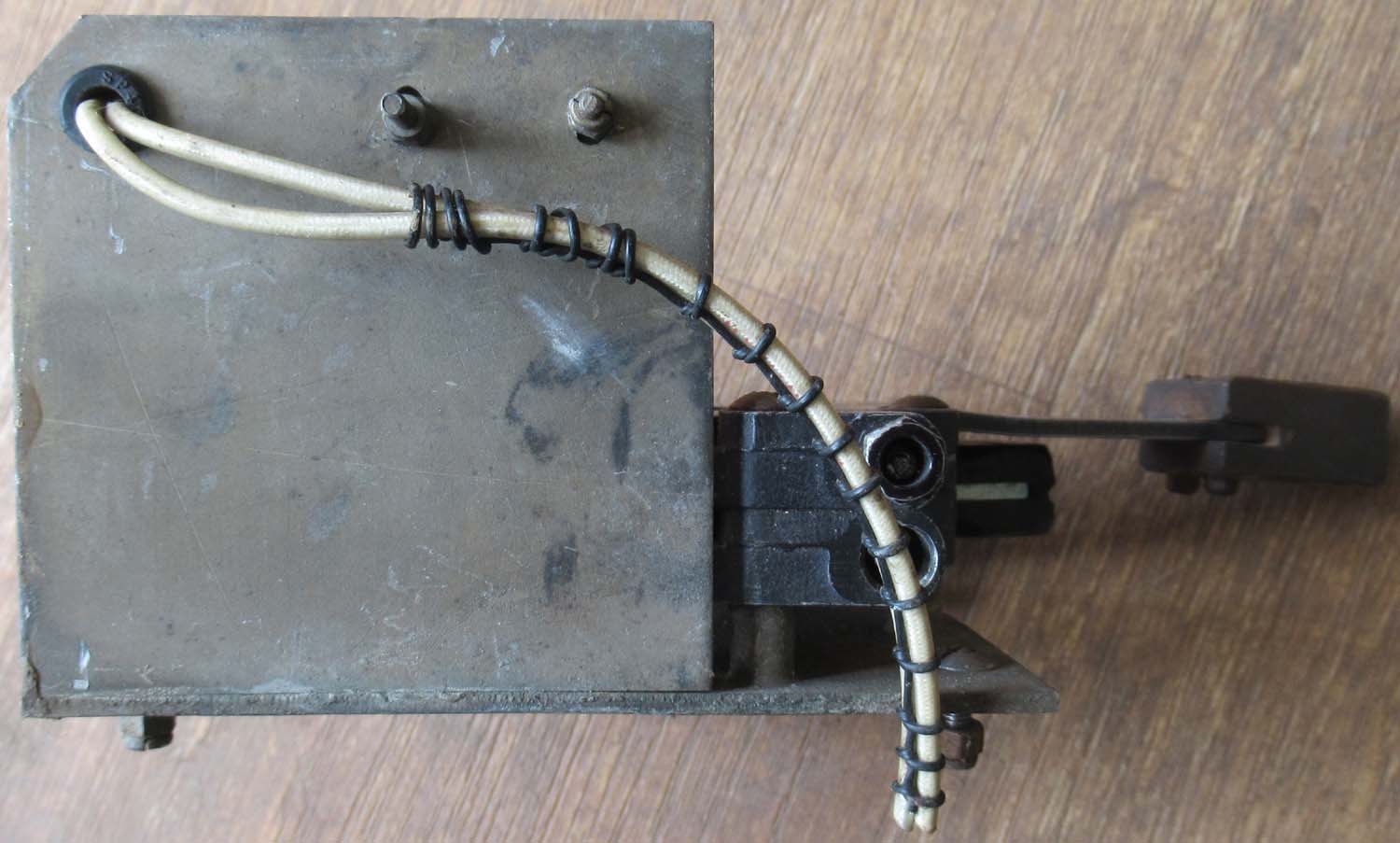
Click on
the pictures to enlarge them


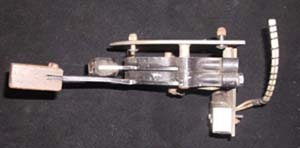
|
|
Click on
the pictures to enlarge them
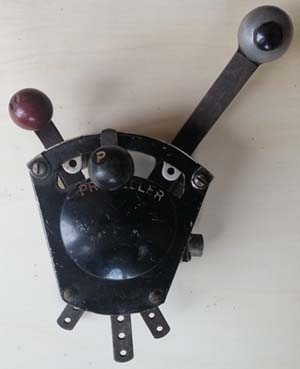
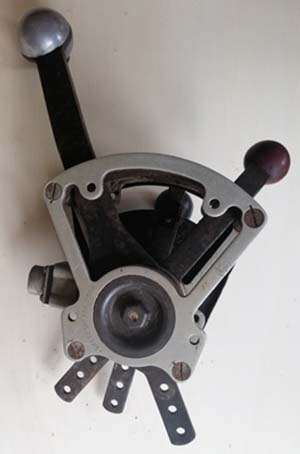
£850


|
Harvard/T6 Texan throttle (Cont
pg1 No 14)
Here is a throttle from a
Harvard (British version) or Texan T6 trainer.
This throttle
is in very good condition and all the levers move as they
should.
This design of throttle seems to be used in a
variety of US aircraft .
The Harvard (Commonwealth
name shown lower left with British markings) or (North
American T-6 Texan shown lower right
US
name) is a single-engine advanced trainer aircraft.
It was
widely used to train pilots of the United States Army Air
Forces (USAAF), United States Navy, Royal Air Force and
other air forces of the British Commonwealth during World
War II
.
Click on
the pictures to enlarge them

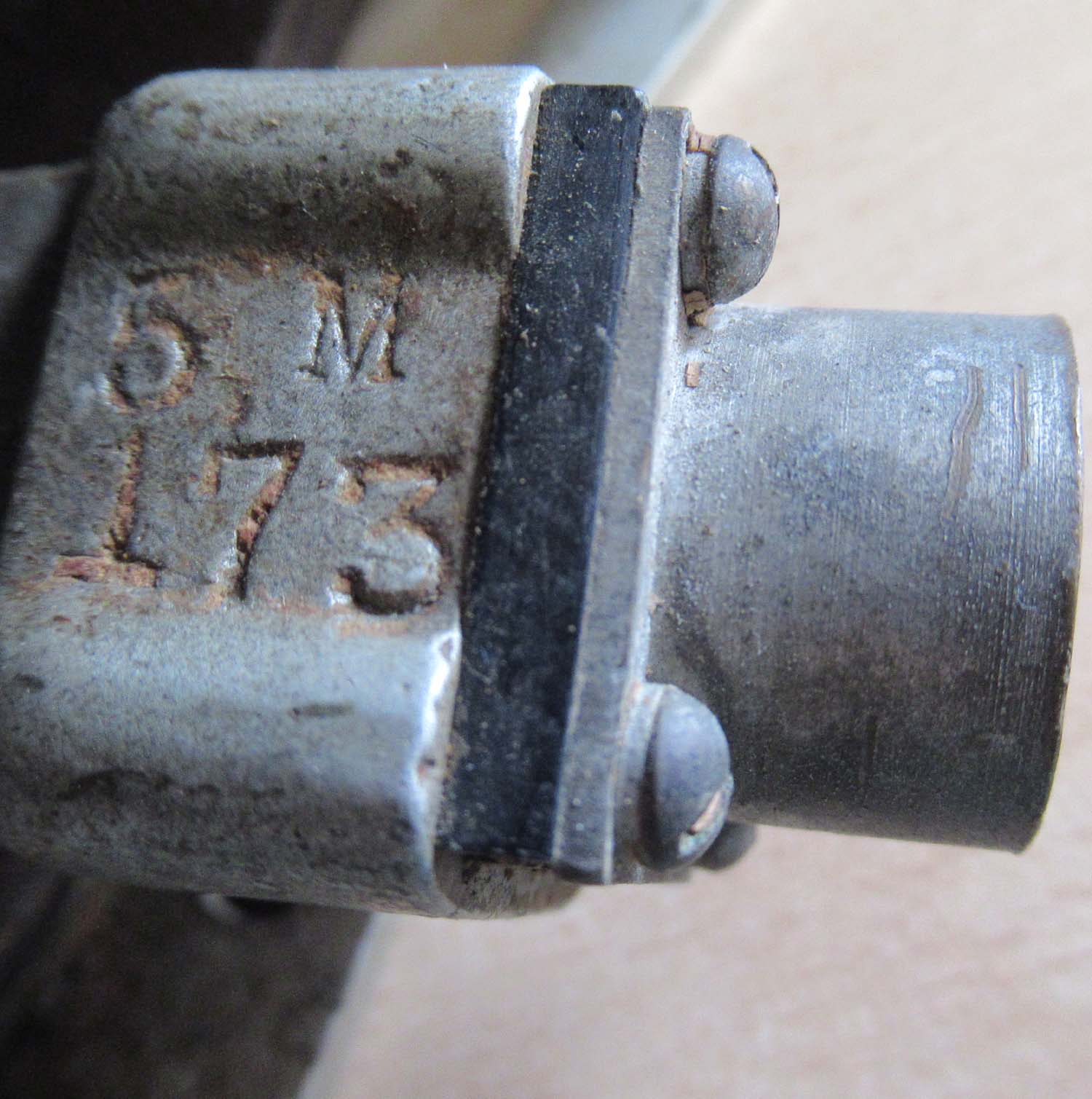
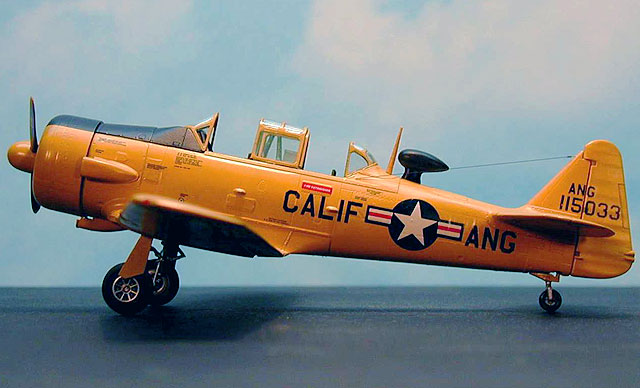
Click on
the pictures to enlarge them
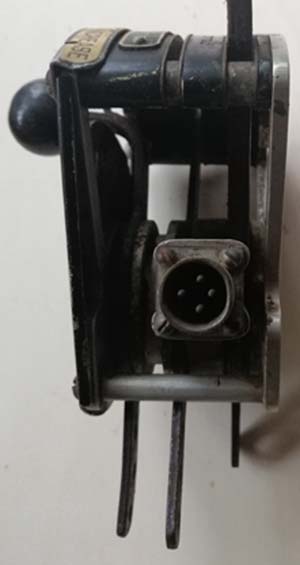
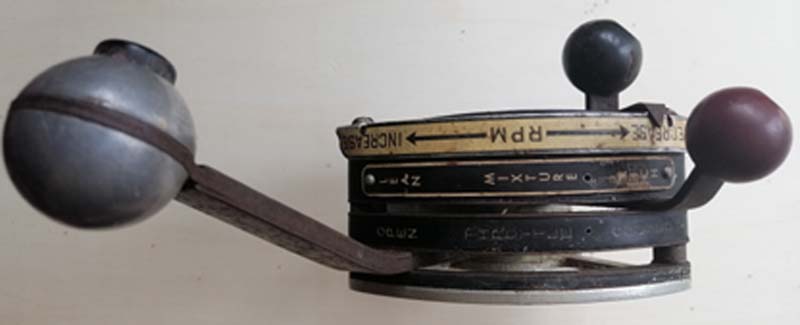
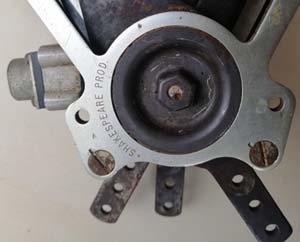
|
|
Click on
the pictures to enlarge them
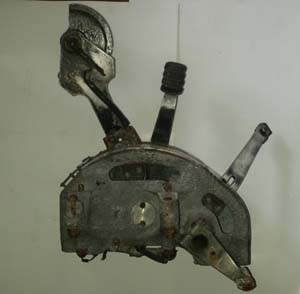
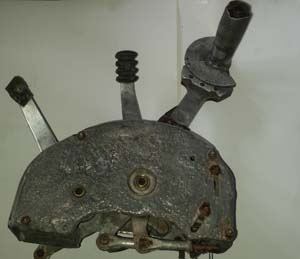
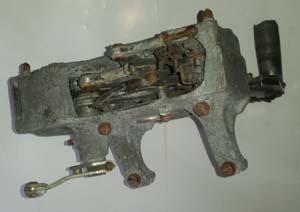

£1200


|
Hawker Typhoon Throttle box
2 (Cont pg1 No 13)
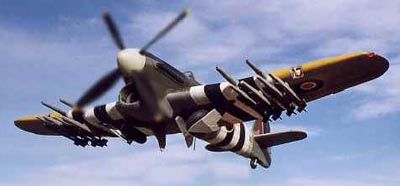
Here we have a Hawker
Typhoon Throttle Box
This Differs from the
Above Throttle Box as this has the Gyro Gunsight Control
Mounted on the Throttle Lever
The Throttle and Propeller
Levers move but are Stiff
It looks like the
Internals are Complete
Click on
the pictures to enlarge them
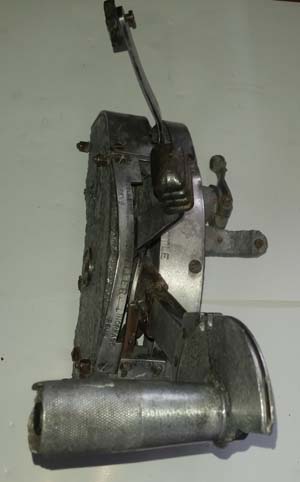
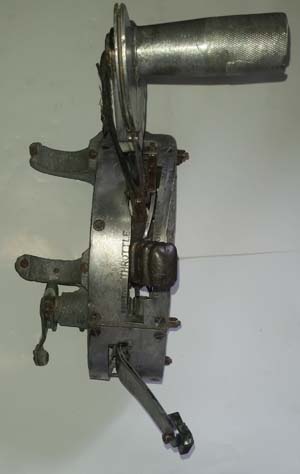
Click on
the pictures to enlarge them




|
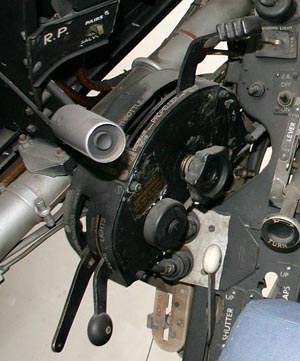
Seen in situ
above in a Typhoon
The Hawker Aircraft Company produced the Typhoon . Powered
by a Napier Sabre 24-cylinder, liquid-cooled engine, it had
a maximum speed of 412 mph (663 km) and had a range of 980
miles (1,570 km). Armed with four 20 mm cannons it could
carry 2,000 lb (907 kg) of bombs. It was 31 ft 11 in (9.73
m) long with a wingspan of 41ft 7 in (12.68 m).
Armed
with four 20 mm guns, it was able to carry eight rockets,
most feared by the German tanks crews. During the Battle of
Normandy, the Typhoon has performed terribly deadly raids
among the German armoured divisions: several hundreds of
enemy tanks were turned into ash.
Click on
the pictures to enlarge them
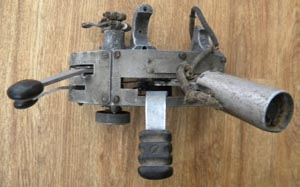
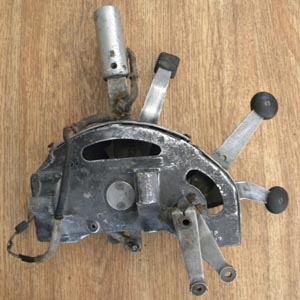
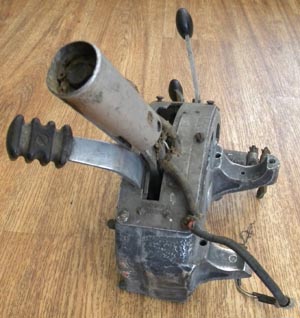
|
Hawker Typhoon Throttle box (Cont
pg1 No 12)

This is possibly a unique
opportunity to purchase a substantially complete throttle
box from a Hawker Typhoon.
All the levers move, there is slight
damage to the case please and one of the friction knobs is
missing see the pictures but it could be returned to
pristine condition with some work.
Click on
the pictures to enlarge them
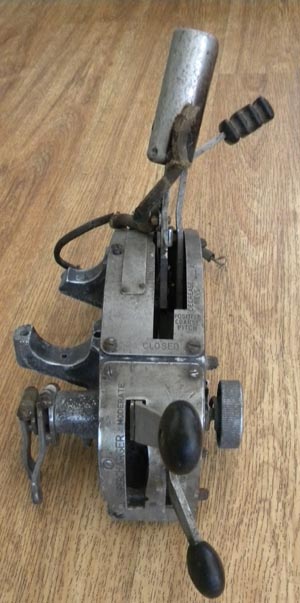

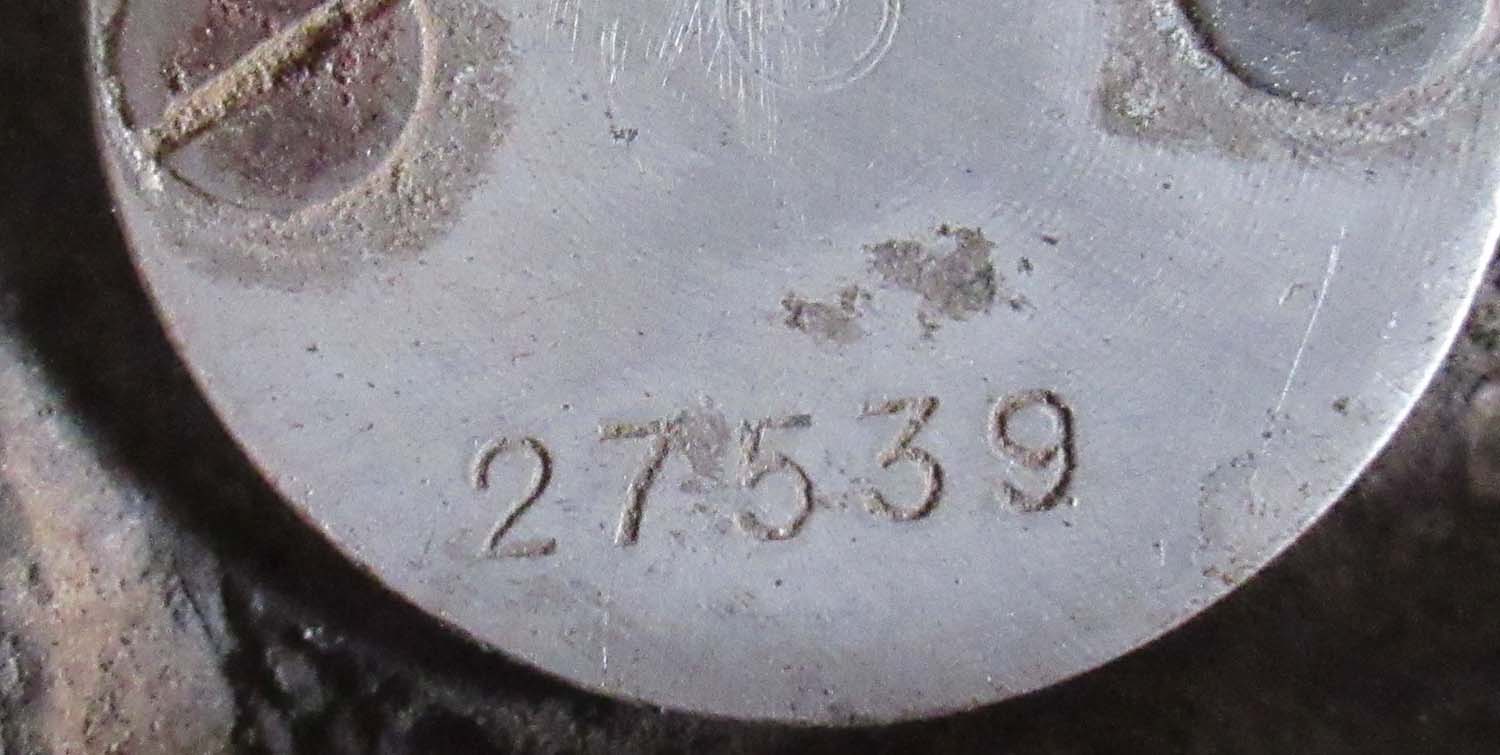
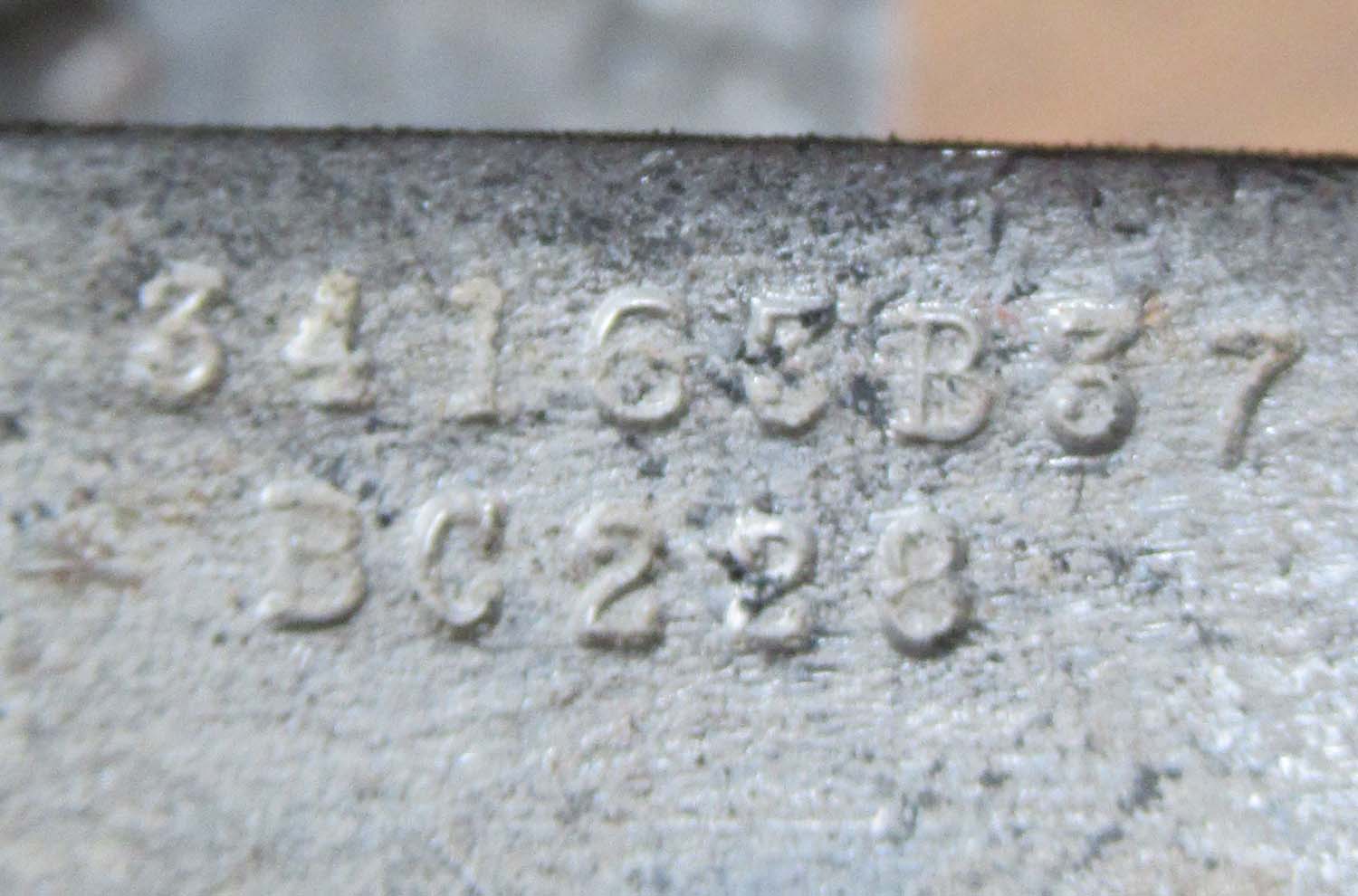
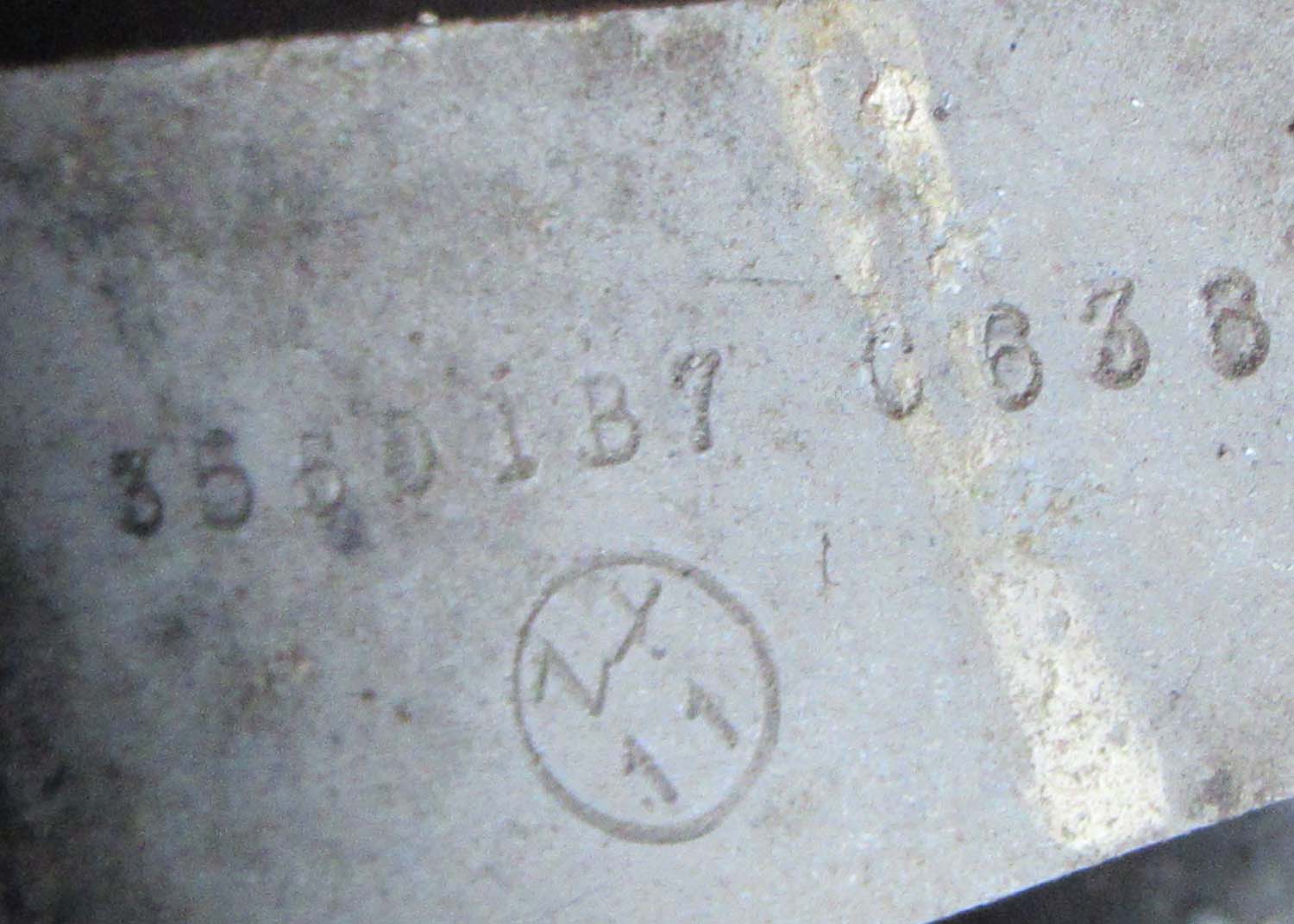
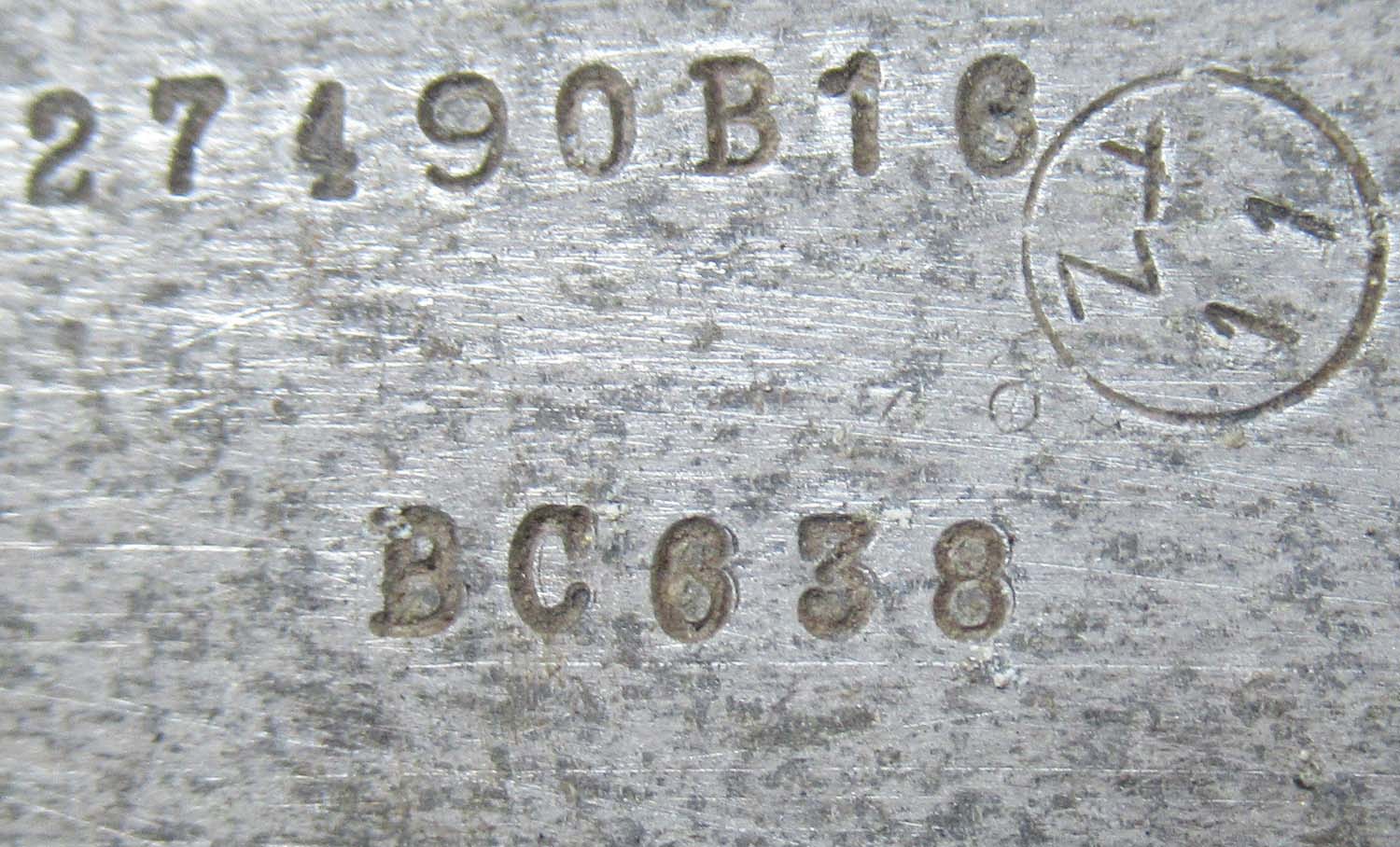
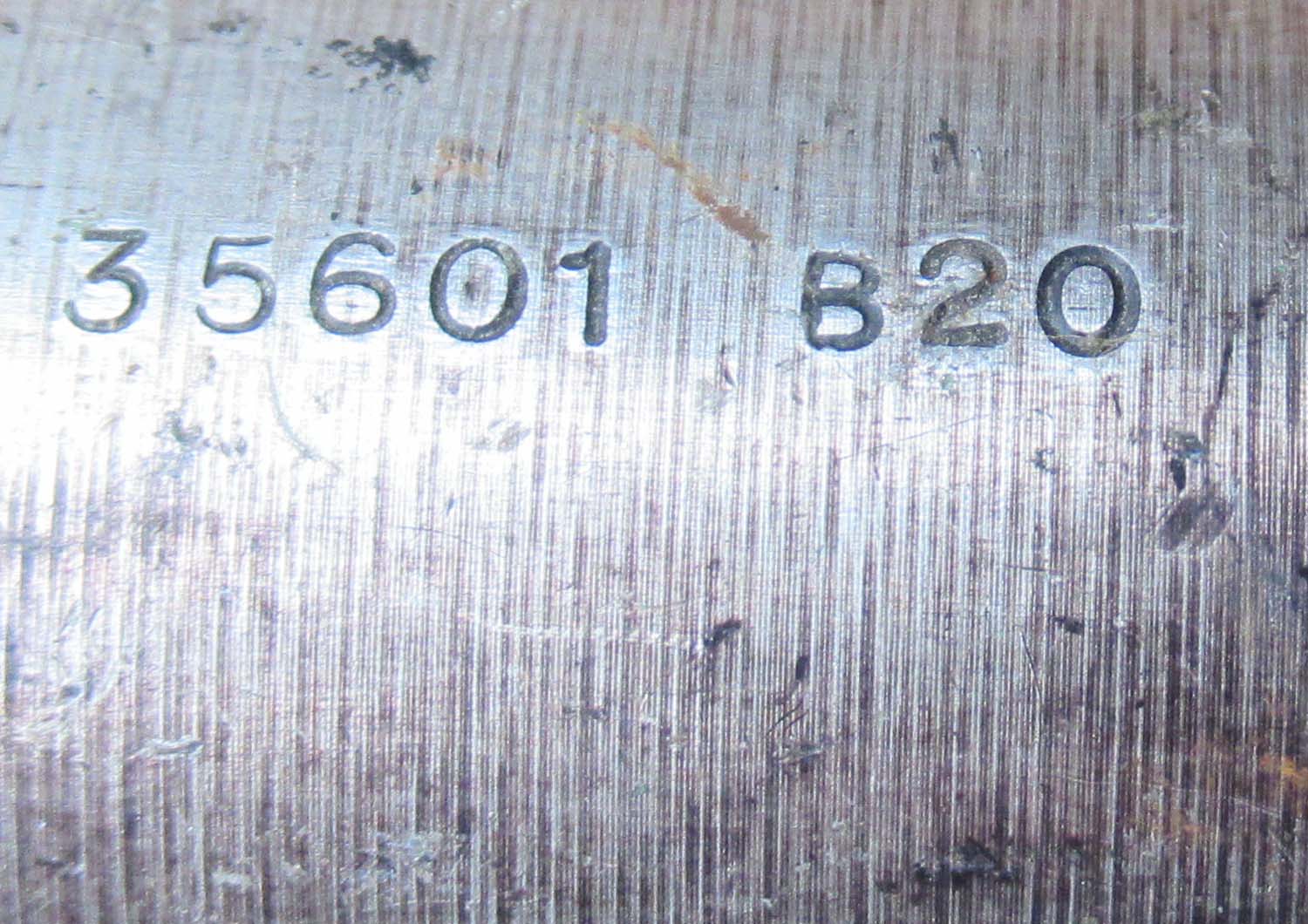
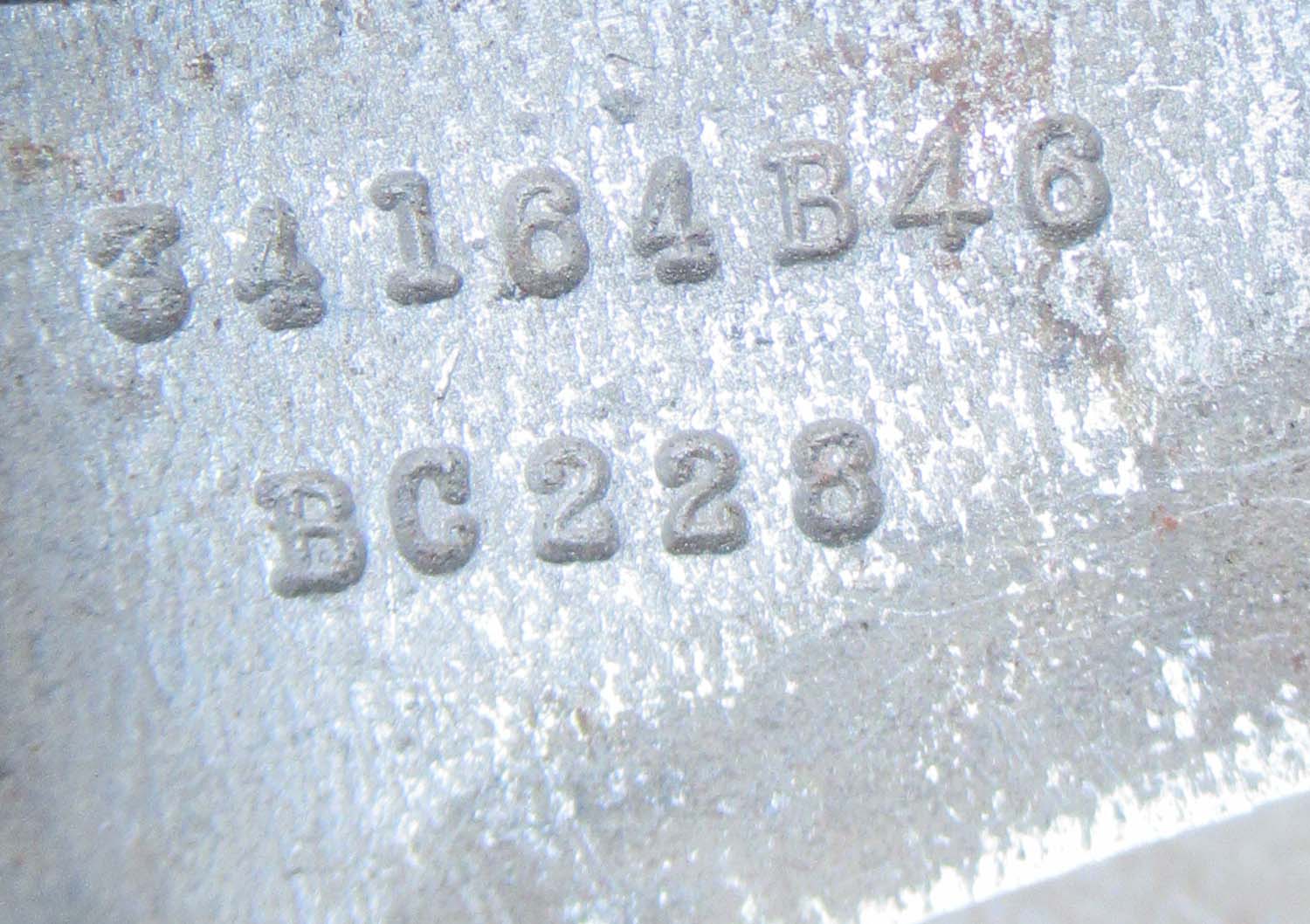
£2399


|
|
Click on
pictures to enlarge
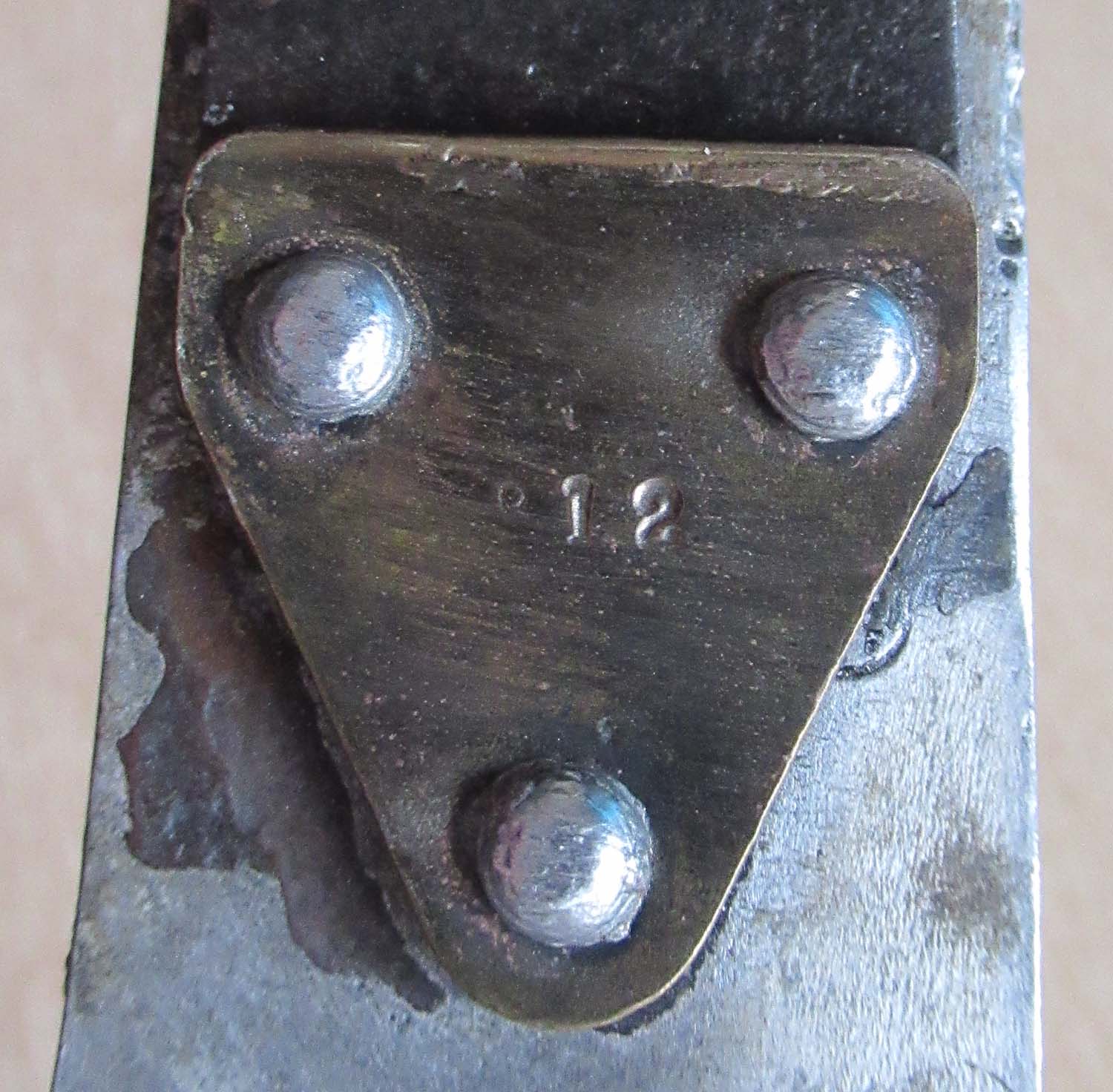
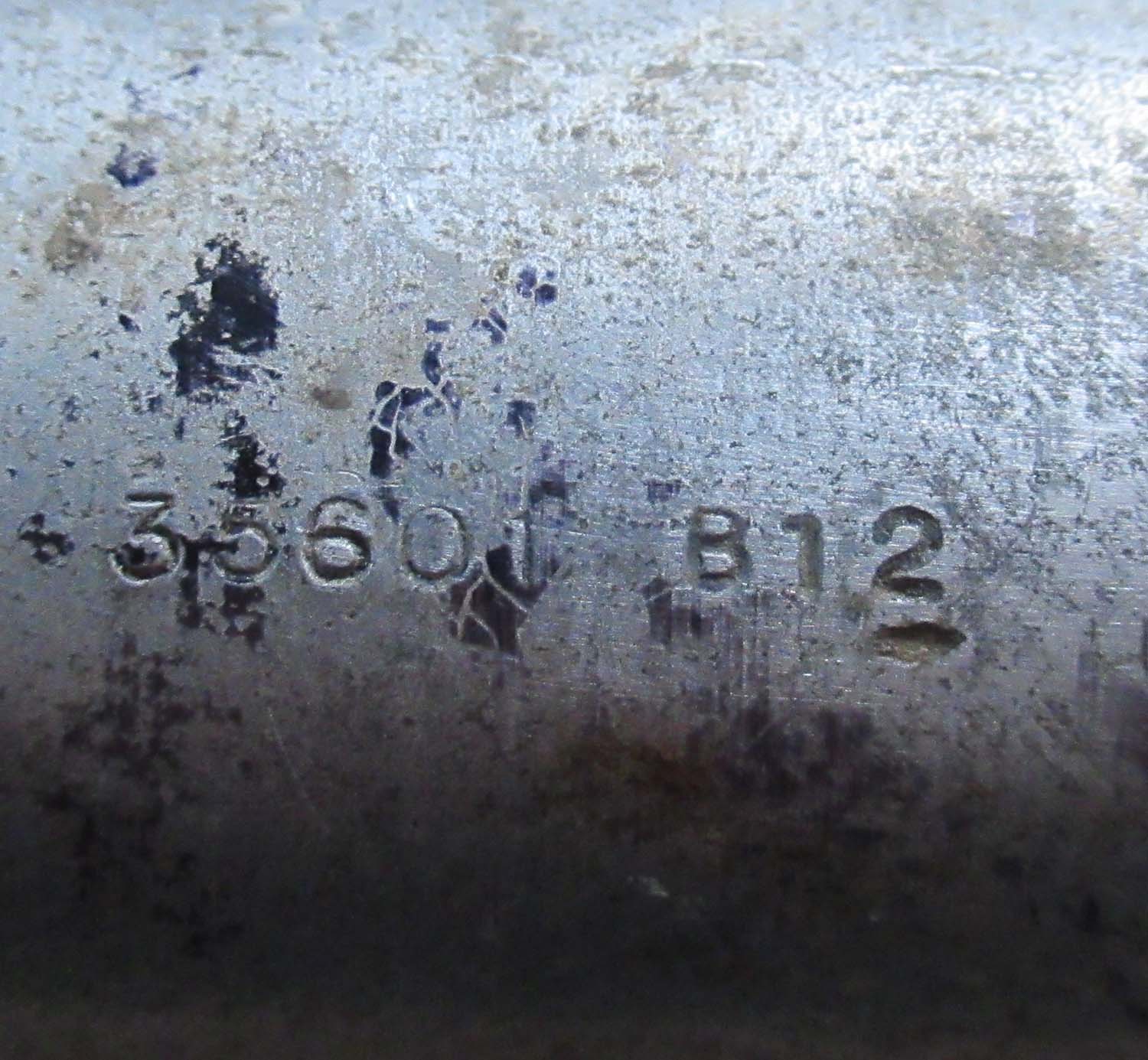
|
Hawker Typhoon Throttle lever (Cont
pg1 No 11)
Here we have an original
throttle lever from a Hawker Typhoon
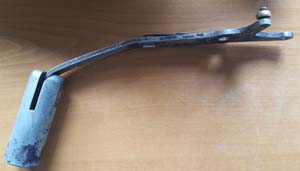

£325


|
|
Click on the
picture to enlarge
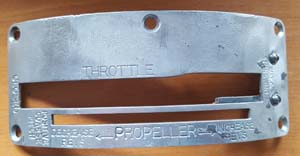
|
Hawker Typhoon Throttle part (Cont
pg1 No 10)
Here we have an original
throttle part from a Hawker Typhoon
£295


|
|
Click on
the pictures to enlarge them
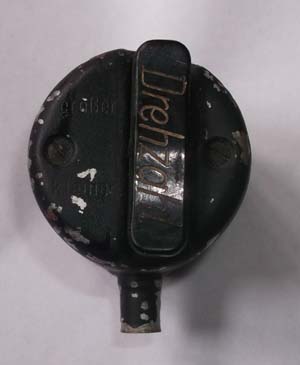
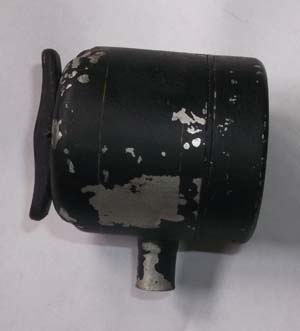
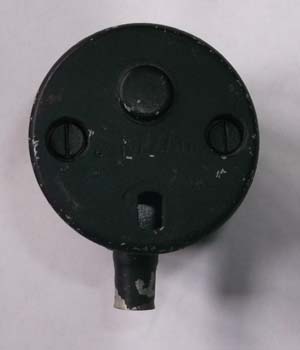
|
Messerschmitt BF 109 G-K Original Drehzahl throttle propeller pitch control (Cont
pg1 No 9)
This is a rare original piece from the
BF 109 throttle , it controls the pitch of the aircraft
propeller. It is in good condition and the switch operates
as it should.
Shown under a BF 109 G -10
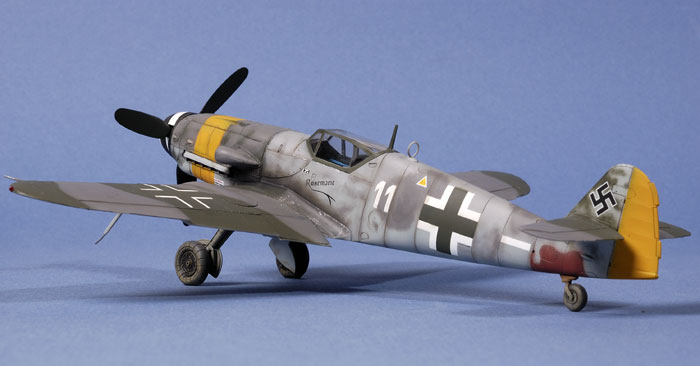
Seen in situ under on a
BF 109 G Throttle. Click on
the picture to enlarge.
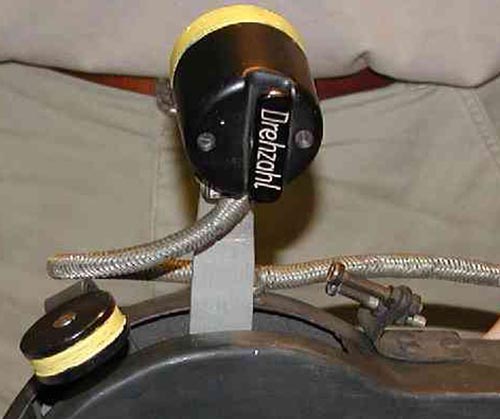
£1200


|
|
Click on the
Pictures to enlarge them
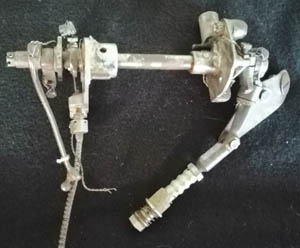
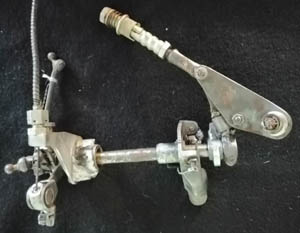
£395


|
BF 109 DB 601 linkage (Cont pg1 No 8)
This is a linkage probably a
throttle its from a BF 109 with a DB 601 engine. The
information I have is that it was removed from the wreckage
of Herbert Blockberge's aircraft in 1996 which did
have a DB 601 engine fitted although I cannot verify this as
it is only what the seller told me. The part numbers do seem
to tie in to the correct engine. This is clearly from a
crashed engine but there are definitely some usable parts
for a static engine at the very least. .

Click on the
Pictures to enlarge them
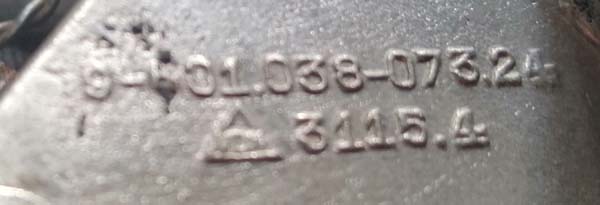
Shown under
is a picture of the aircraft Blockenberge was flying when he
was shot down and its feasible this part came from that
aircraft.
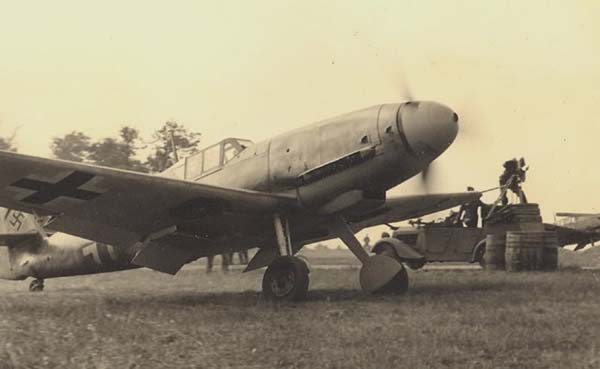
|
|
Click on
the pictures to enlarge them
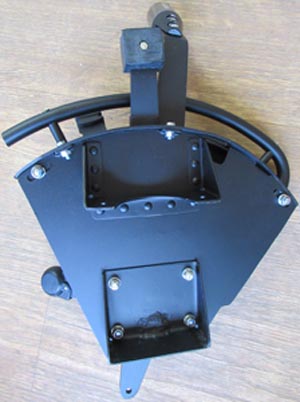
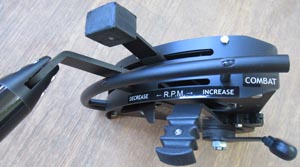
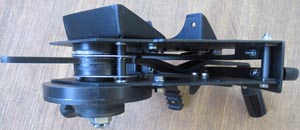
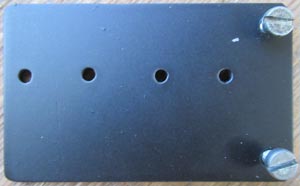
|
Spitfire Mk XIV
Griffon Powered Spitfire Throttle Quadrant (Cont pg1 No 7)
For the first time Spitfire Spares is
able to offer high quality reproduction throttle quadrants
originals are simply not available.
This throttle is for the
MK XIV Griffon Powered Spitfire and all other remaining
variations and Mk's of the Giffon powered Spitfire, like
everything else about the last Mk's of Spitfire this
throttle is huge compared to the earlier MK's.
These take many
weeks to build consisting of many individual parts and once
sold it will be some time before we are able to re stock.
It comes complete with the bracket for the terminal blocks.
Shown under
the brutish and extremely powerful MK XIV Spitfire amazingly
almost twice the weight and horsepower of the MK I Spitfire.
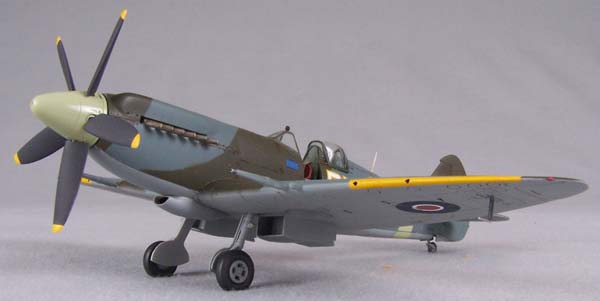 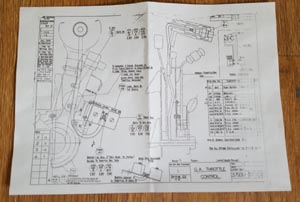
This throttle is
taken from the drawing shown above right G.A. 37939
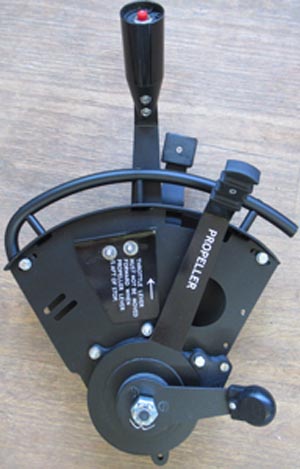
£1500


|
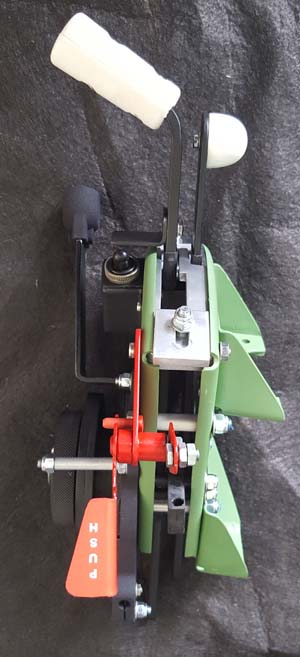
Click on
the pictures to enlarge them
£1450


|
Spitfire MK I,
MK II and MK V Throttle Quadrant (Cont pg1 No 5)
For the first time Spitfire Spares is
able to offer high quality reproduction throttle quadrants
originals are simply not available.
This one is for the
MK I Mk II Spitfire and the MK V Spitfire. These take many
weeks to build consisting of many individual parts and once
sold it will be some time before we are able to re stock.
Shown under
the MK I Spitfire beautiful to the eye.
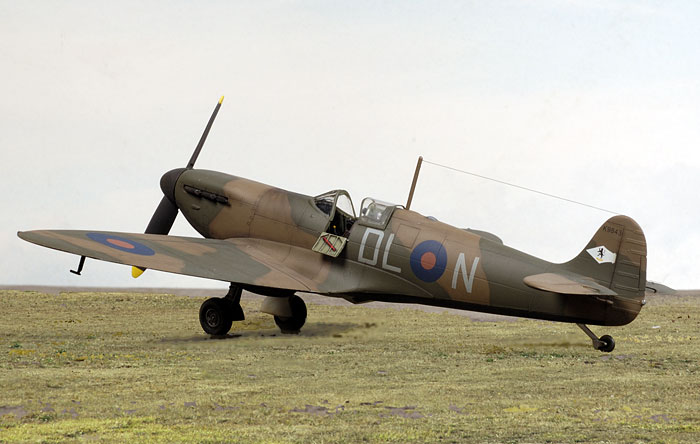
Click on
the pictures to enlarge them
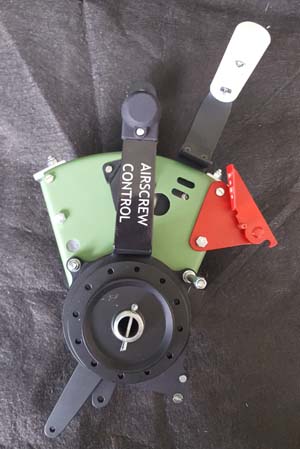
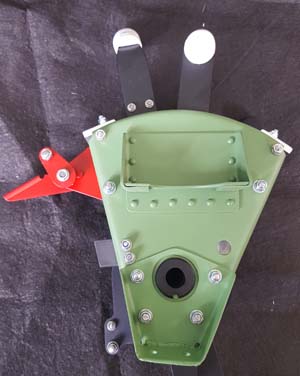
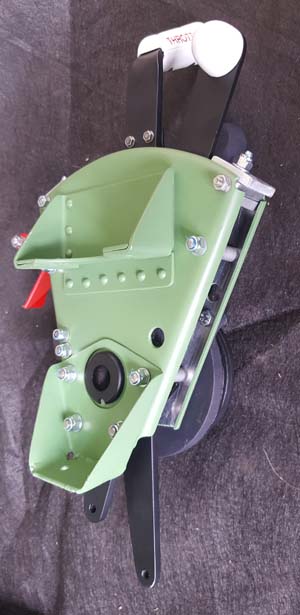
|
|
Click on the
Pictures to enlarge them
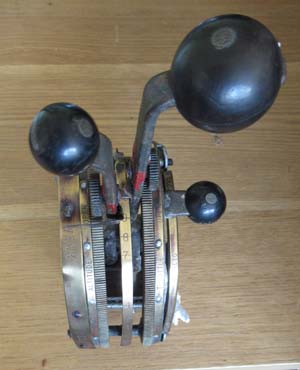
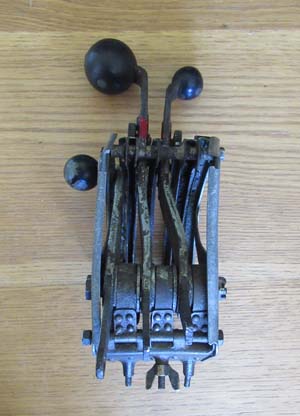
£995


|
Fairey Gordan
Throttle (Cont pg1 No 4)
This is a really superb rare
and most likely unique peace
and the first Fairey Gordon peace I have owned in the
twenty plus years I have been collecting.
The build quality is
amazing the levers
are even fitted with cogs to ensure smooth movement and has
adjustment for the magnetos.
Although clearly well
used it is in great condition and everything works as it
should.
It has lots of Fairey
inspection stamps.
Part number EW 46952
Click on the
Pictures to enlarge them
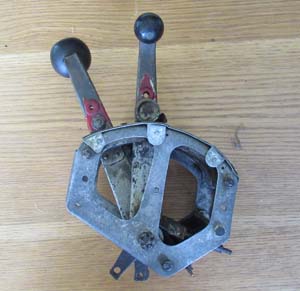 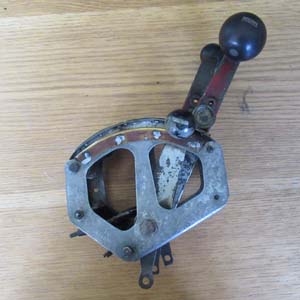
The frame on one side is
slightly misshaped but that does not detract from this great
peace of history.
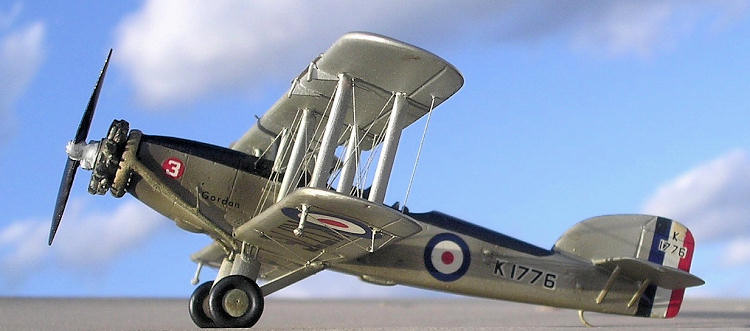
The Fairey Gordon shown
above was a
British light 2 seat day bomber and utility aircraft.
The Gordon was a
two-seater fabric-covered biplane. It was powered by 525 to
605 hp (390 to 450 kW) variants of the Armstrong Siddeley
Panther IIa engine. Armament was one .303 in (7.7 mm) Lewis
gun in the rear cockpit and a fixed forward-firing 0.303-in
(7.7-mm) Vickers machine gun, plus 500 lb (230 kg) of bombs.
The prototype was first flown on the March
1931, 178 new-build aircraft were made for the RAF before
production switched to the Fairey Swordfish. |
|
Click on
the pictures to enlarge them
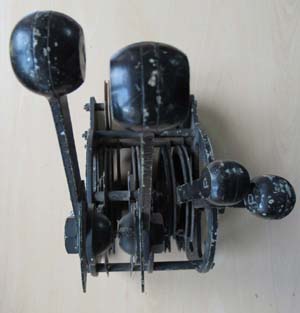
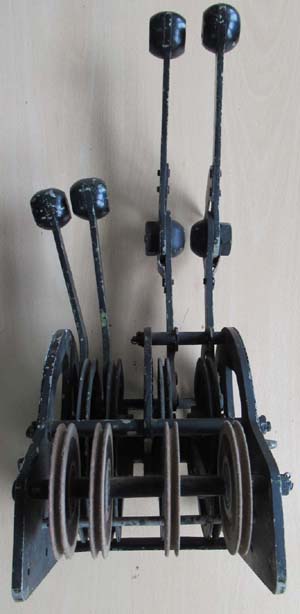
£1495


|
PBY Catalina Flying boat throttle (Cont
pg1 No 3)
.jpg)
This is an original
throttle for a Catalina flying boat in really good
condition, everything works as it should and its complete.
The throttle was mounted
over the head of the pilots with the levers facing downward.
PBY was the most
numerous aircraft of its kind, with around 3,300 aircraft
built.
During World War II, the
PBY Catalinas were used in anti-submarine warfare, patrol
bombing, convoy escort, search and rescue missions
(especially air-sea rescue), and cargo transport.
The type operated in nearly all operational theatres of
World War II. The Catalina served with distinction and
played a prominent and invaluable role in the war against
the Japanese.
Click on
the pictures to enlarge them
 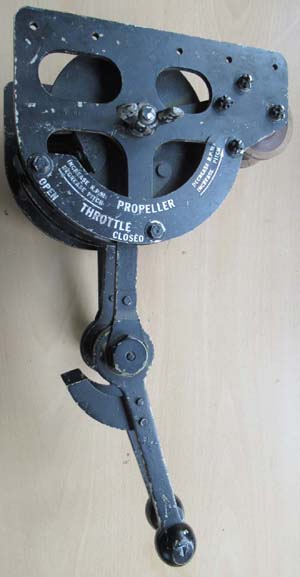  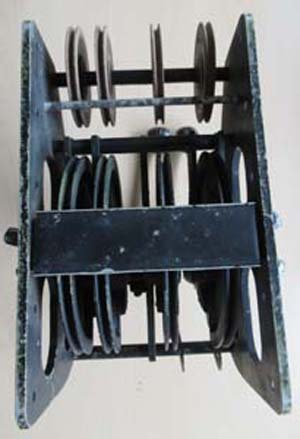
|
|
Click on
the pictures to enlarge them
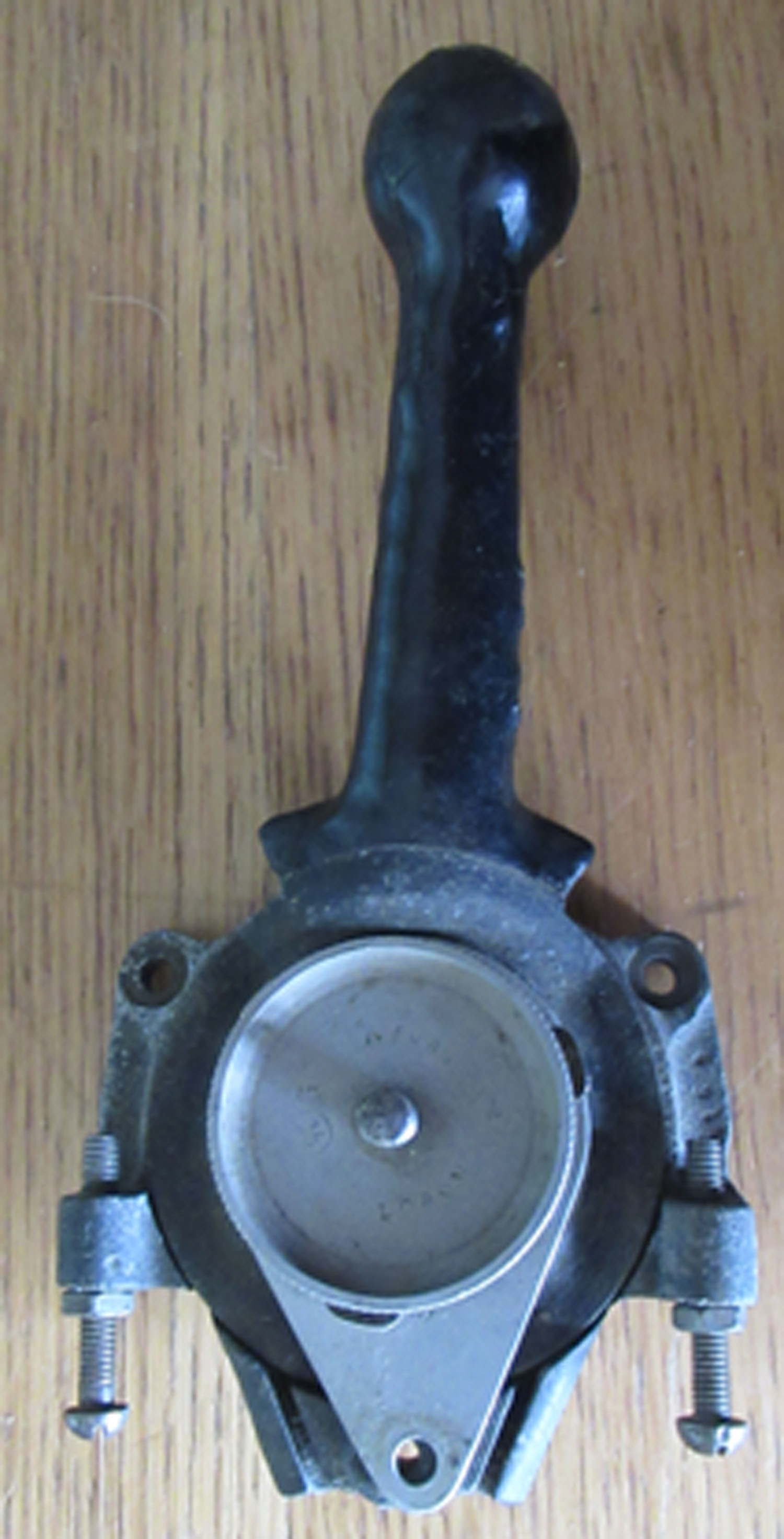
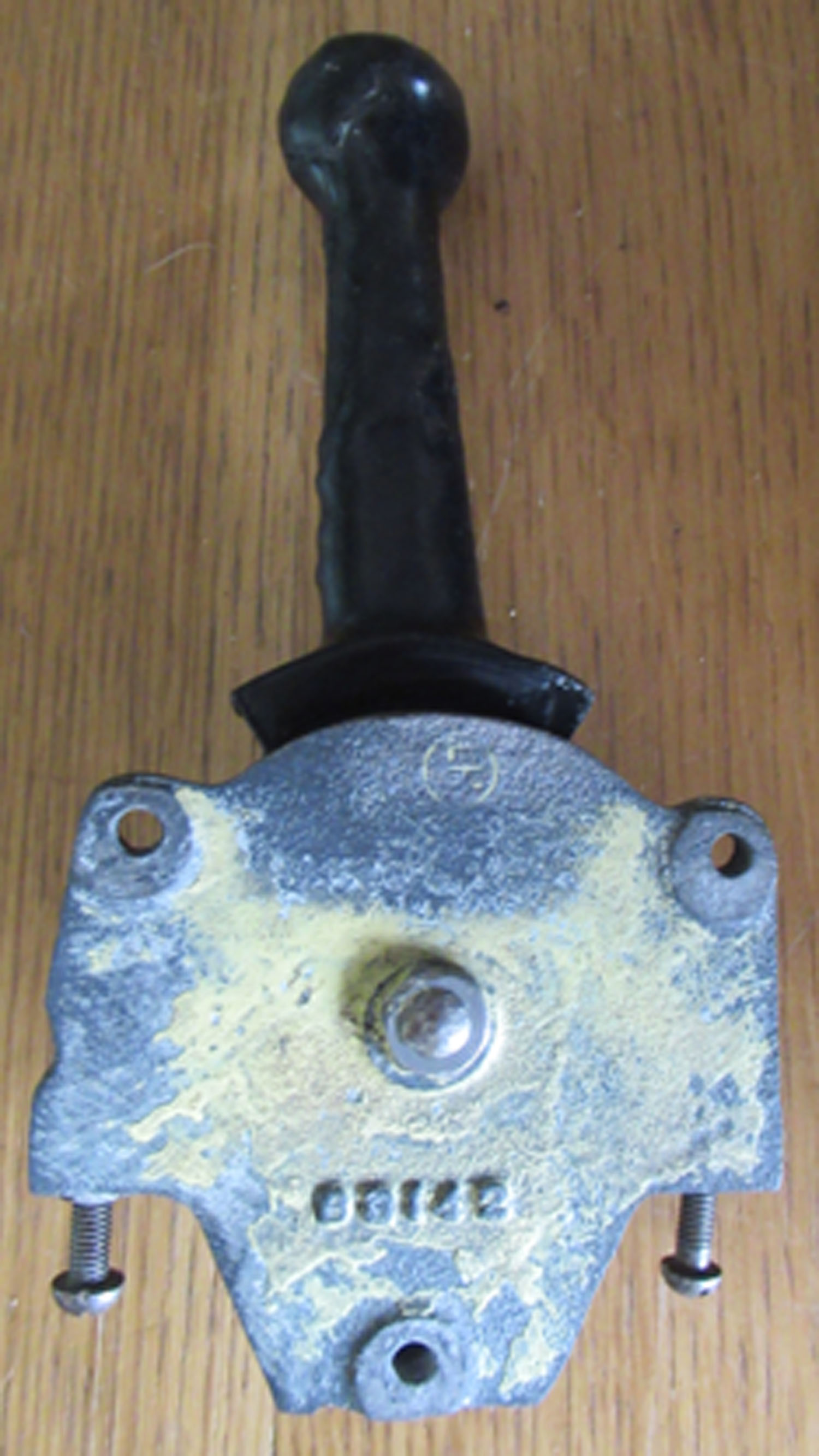
|
Vutree Vengeance throttle (Cont
pg1 No 2)
The Vultee A-31 Vengeance shown under was an American dive
bomber of World War II, built by Vultee Aircraft. A modified
version was designated A-35. The Vengeance was not used
operationally by the United States, but was operated as a
front-line aircraft by the British Royal Air Force,
the Royal Australian Air Force, and the Indian Air
Force in Southeast Asia and the Southwest Pacific.
.jpg) 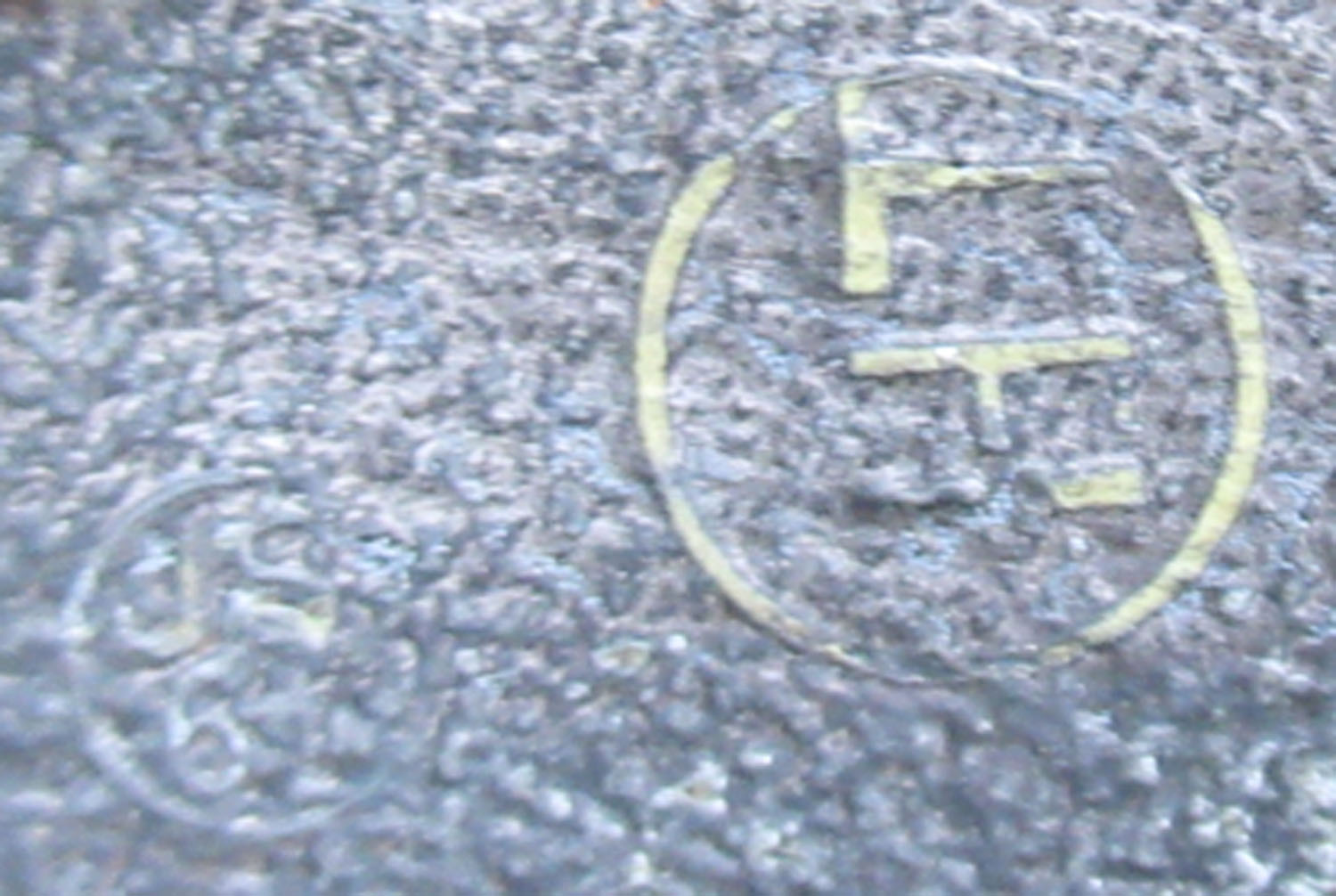
This peace carries a
HT code which is the
manufacturers stamp for the Vengeance however Its quite hard
to ID exactly where the peace goes as pictures of the
cockpit are hard to find . Having a friction plate (Fully
working ) this usually applies to the throttle and if you
look at the black lever top left in the picture below it
does look similar to the throttle lever.
.jpg)
Shown
above the Cockpit of a Vengeance
£175


|
|
Click on
the pictures to enlarge them




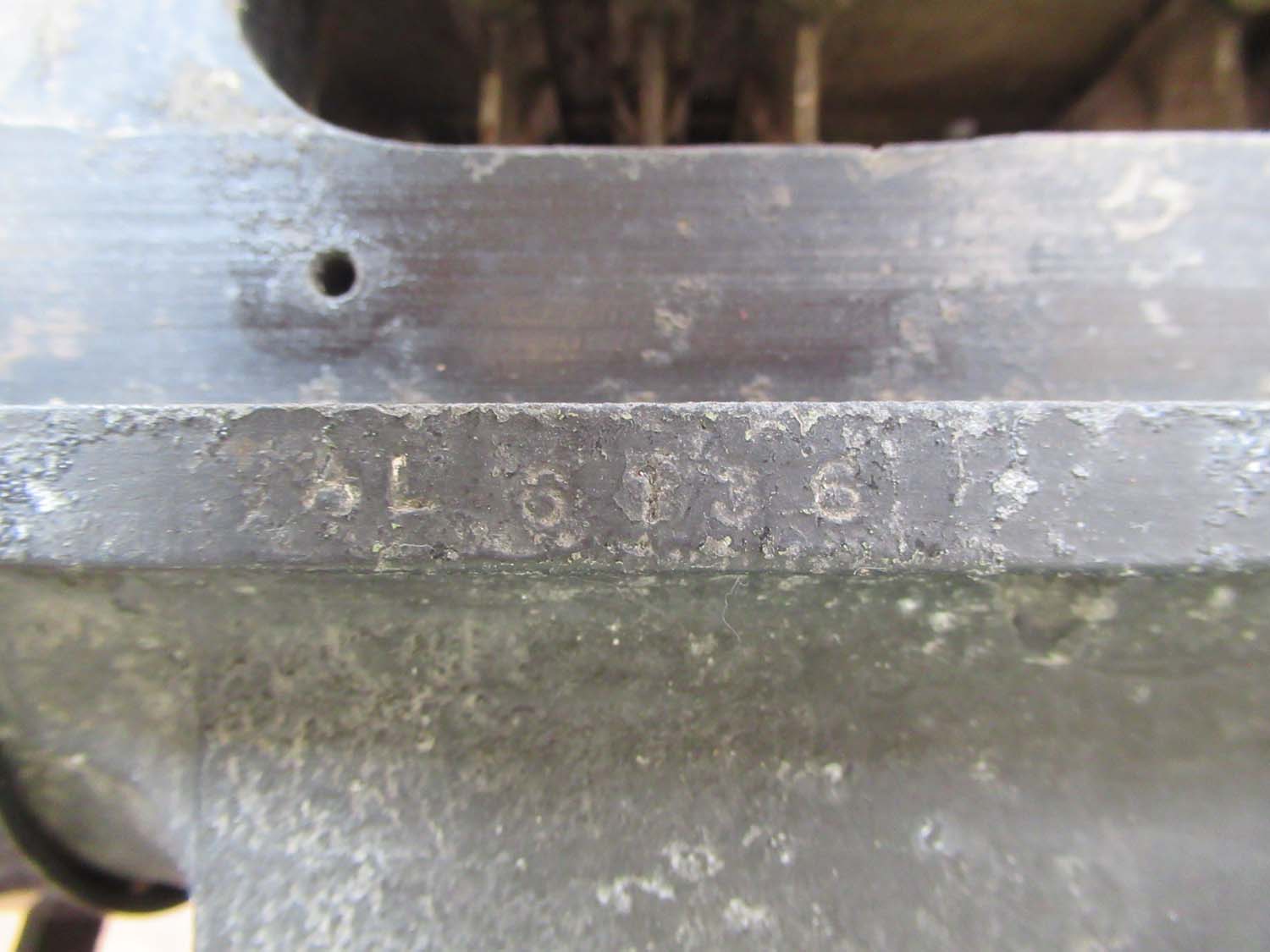
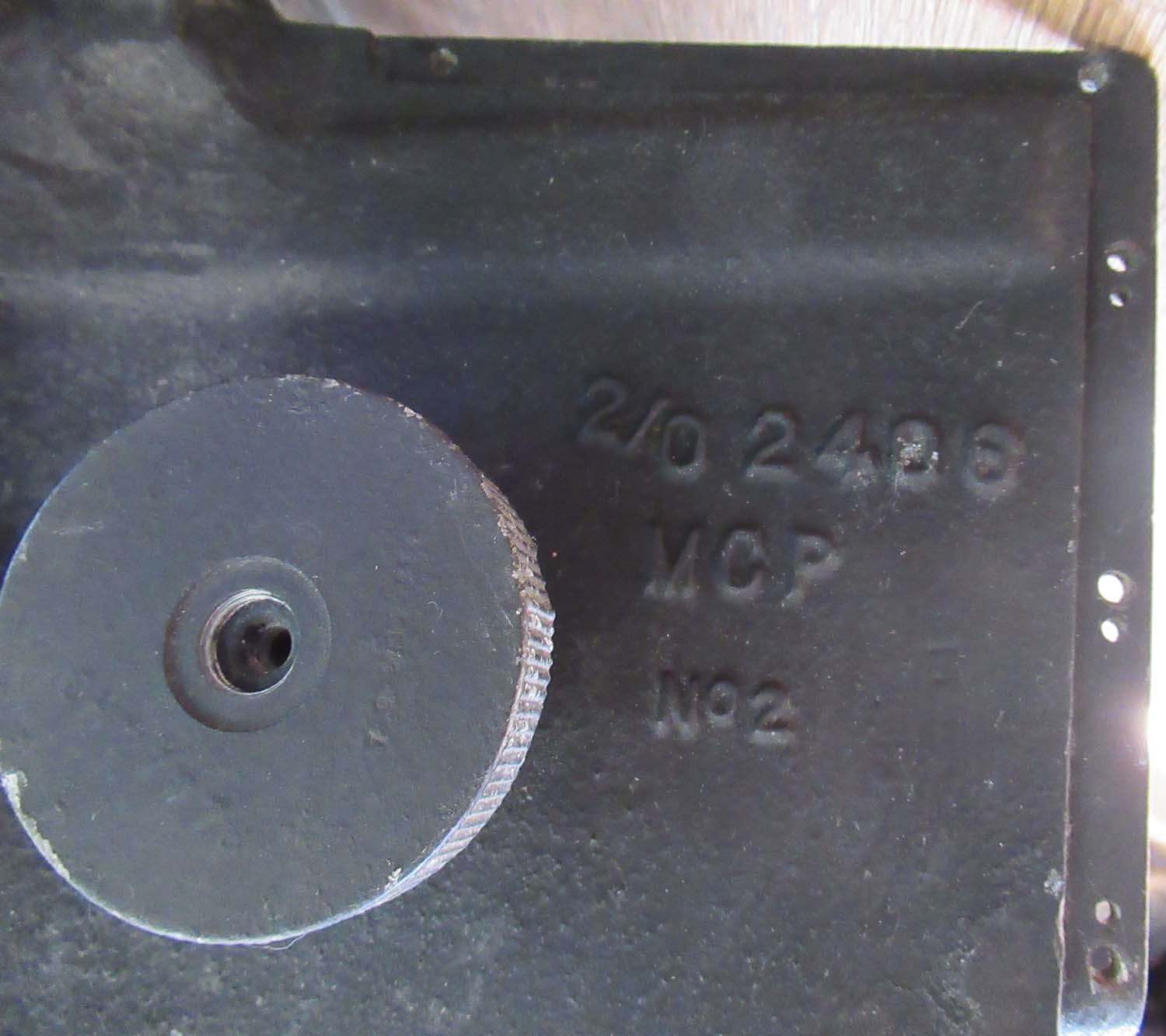 |
Avro Lancaster throttle quadrant (Cont
pg1 No 1)
Here we have a complete original
Lancaster throttle quadrant in superb condition Avro type
683 Serial number AL6136 . In the fifteen years I have been
collecting this is the only one I have ever seen. To my
knowledge there are only ten or so of these left in
existence world wide. All the levers are free and operate as
they should.
This piece was originally recovered
from a barn at Aston farm, located within the southern
boundary of the former Royal
Air force no 5 maintenance unit sub site at Aston Down
airfield near Minchinhampton, Gloucester in the 1970's.
Lancaster airframes were scrapped at this site during the
post war period.
I have a letter of authenticity and a
transfer of ownership from the original owner.
The third slot on the supplementary master fuel
cock is unused, and does not have a lever installed. The
internal operating shaft that actuates the chain
drives cogs is blanked off and extends only to the master
fuel cock chain dives. This suggests that the quadrant was
fitted to an early airframe, possibly even a Manchester III,
later renamed the Lancaster or a first contact Lancaster MK
B1 quadrant, modded with the superchargers operated the
electro magnetic rams of the single-action spring return
type, rather than the early lever arrangement.
On early Lancaster B1 aircraft the supercharger controls
for all four engines were operated mechanically by one lever
located in the third slot on the extreme starboard position
off the supplementary master fuel cocks gate. On Lancaster
B1 and on all Lancaster B III and B X aircraft the
superchargers were operated by electro pneumatic rams of the
single action spring return type in the case of electrical
or pneumatic failure the rams return to the M ratio
position.
A supercharger gear change control panel in which
were mounted a dual linked toggle switch and a red warning
lamp was fitted to the pilots instrument panel immediately
below the engine rev counters and above the supplementary
mater fuels cocks gate. and controlled all four engines
simultaneously. The red warning light indicated S ratio on
the ground only when the undercarriage was down. In flight
whilst S ratio was selected it remained extinguished. Later
Lancasters equipped with this electro pneumatic ram system
did not retain the third slot on the extreme starboard
position of the supplementary master fuel cock gate.
Click on
the pictures to enlarge them


Being that this is clearly and very early quadrant its
likely that it saw considerable operation service through
the War.
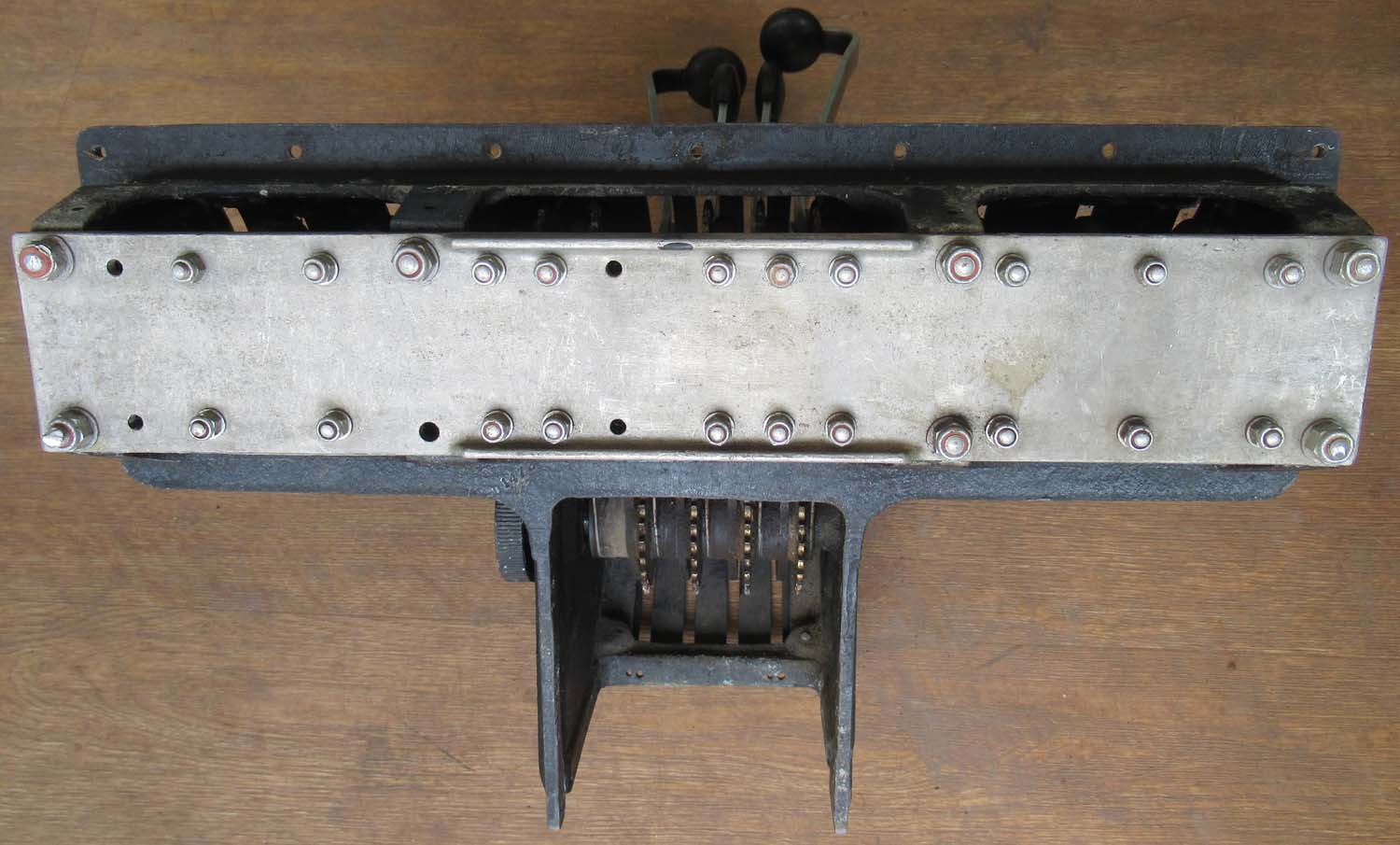
Lancaster Cockpit

The Mk III
Manchester, BT 308, which first flew on 9 January
1941, was essentially the first Lancaster, being powered by
four Merlin engines and with increased wingspan, although
initially retaining the three fins and twin outboard rudders
(the central fin had no movable control surface) of the
Manchester I. BT308 received the "Lancaster" name
immediately after its first flight.
The second prototype Lancaster DG595
featured the twin, enlarged fins and rudders of the
Manchester IA. Manchester production continued until
November of that year but some aircraft still in production
were completed as Lancasters.
The majority of
Lancasters built during the war years were manufactured by
Avro at their factory at Chadderton near Oldham, Greater
Manchester, and test flown from Woodford Aerodrome in
Cheshire. Other Lancasters were built by
Metropolitan-Vickers (1,080, also tested at Woodford), and
Armstrong Whitworth. The aircraft was also produced at the
Austin Motor Company works in Longbridge, Birmingham, later
in the Second World War and postwar by Vickers-Armstrongs at
Chester as well as at the Vickers Armstrong factory, Castle
Bromwich, Birmingham.
Only 300 of the
Lancaster B II fitted with Bristol Hercules engines were
constructed; this was a stopgap modification caused by a
shortage of Merlin engines as fighter production was of
higher priority.
Many BII's
were lost after running out of fuel The Lancaster B III had
Packard Merlin engines but was otherwise identical to
contemporary B Is, with 3,030 B III's built, almost all at
Avro's Newton Heath factory.
The B I and B III
were built concurrently, and minor modifications were made
to both marks as new batches were ordered.
Examples of these
modifications were the relocation of the pitot head from the
nose to the side of the cockpit, and the change from de
Havilland "needle blade" propellers to Hamilton Standard or
Nash Kelvinator made "paddle blade" propellers
Out of stock
more wanted please
contact me
|
|
|


|
